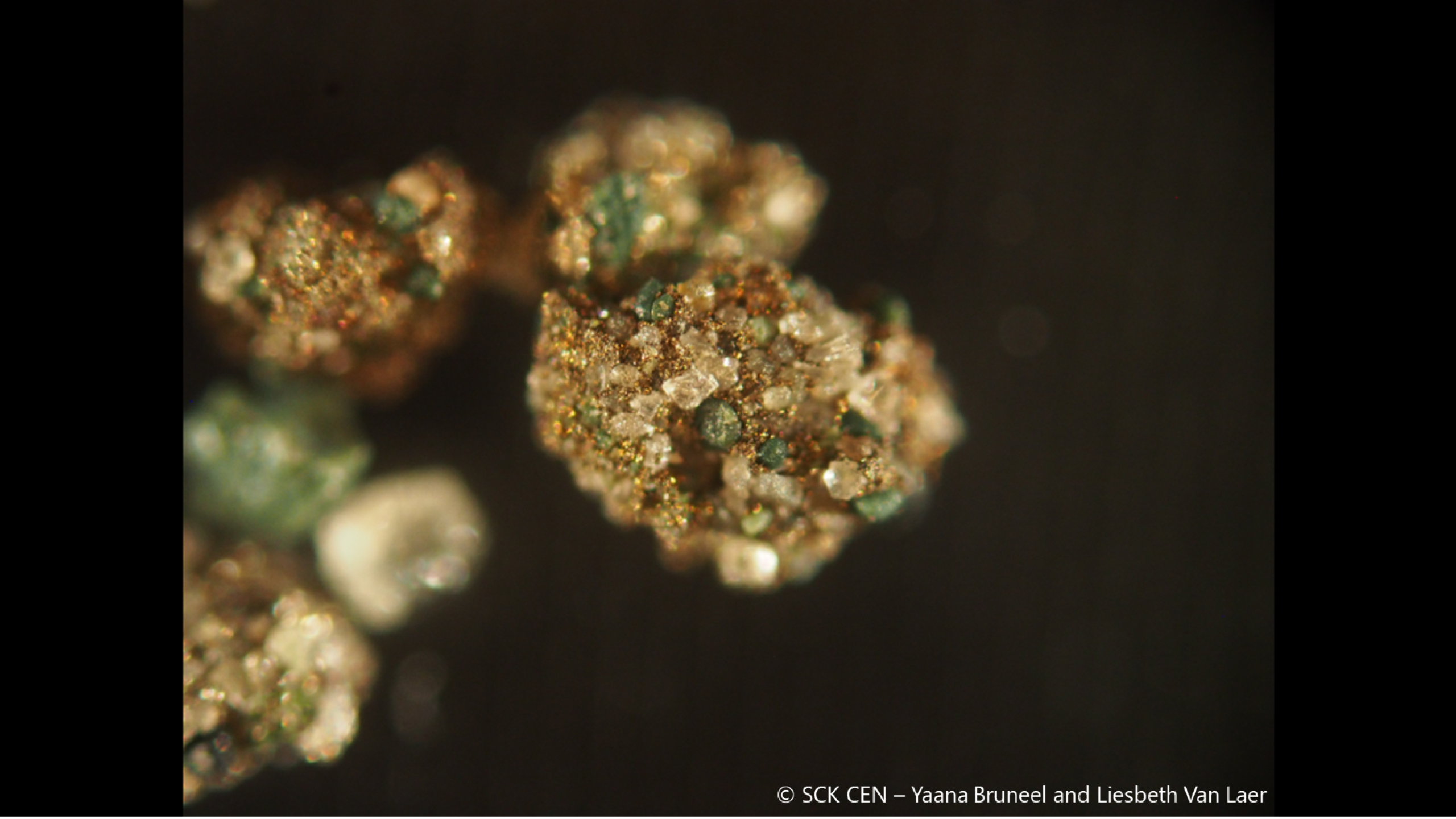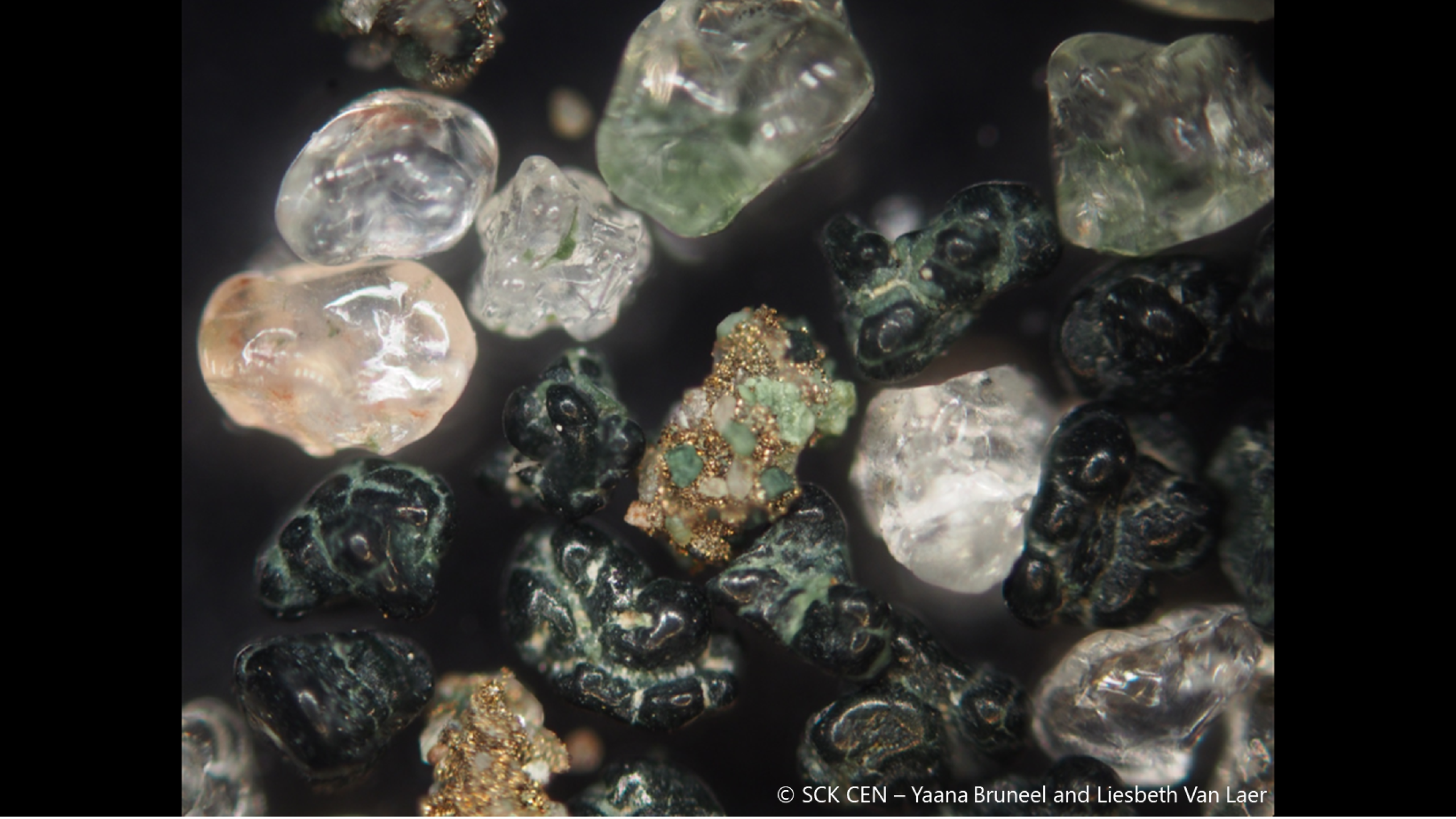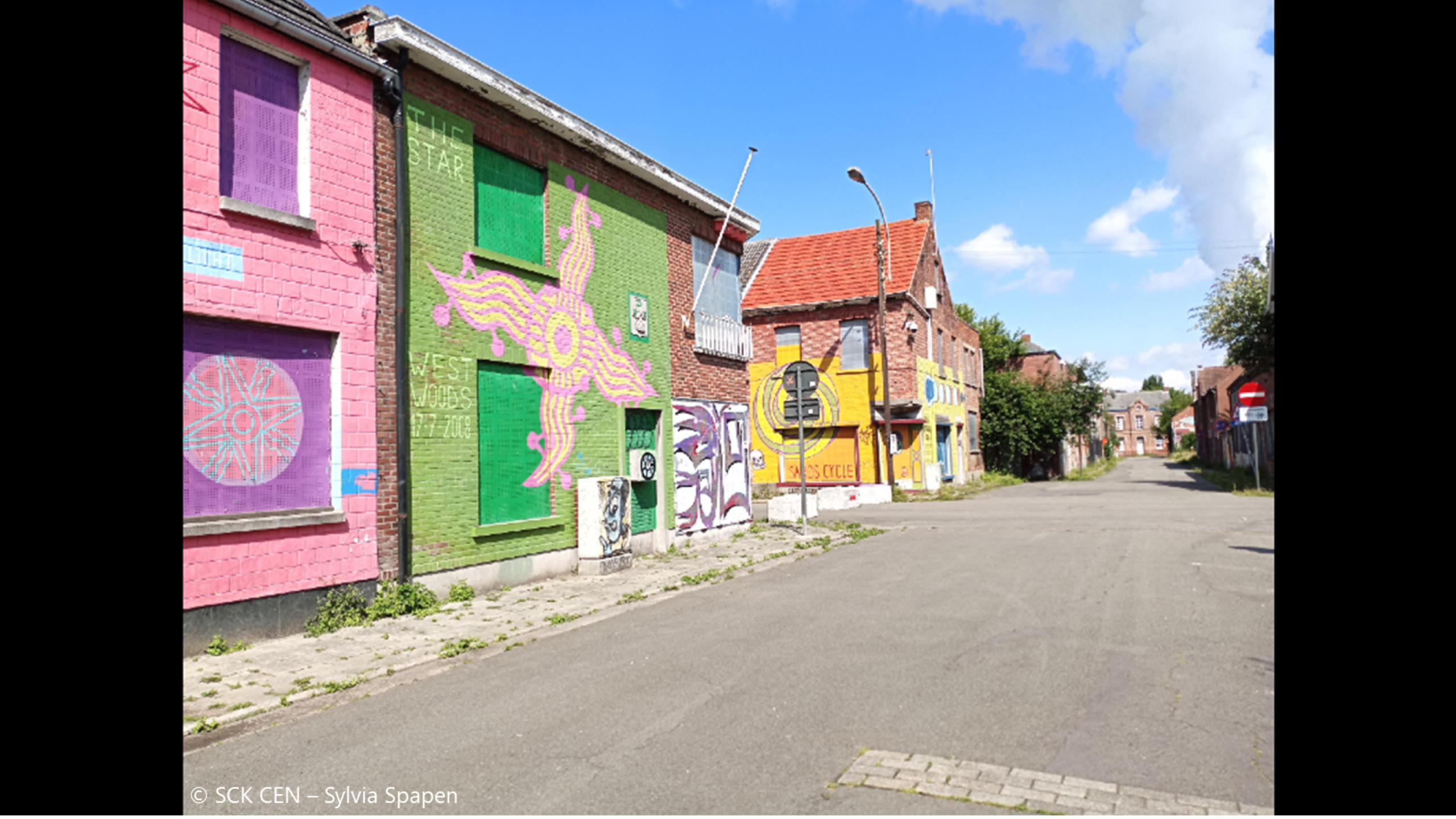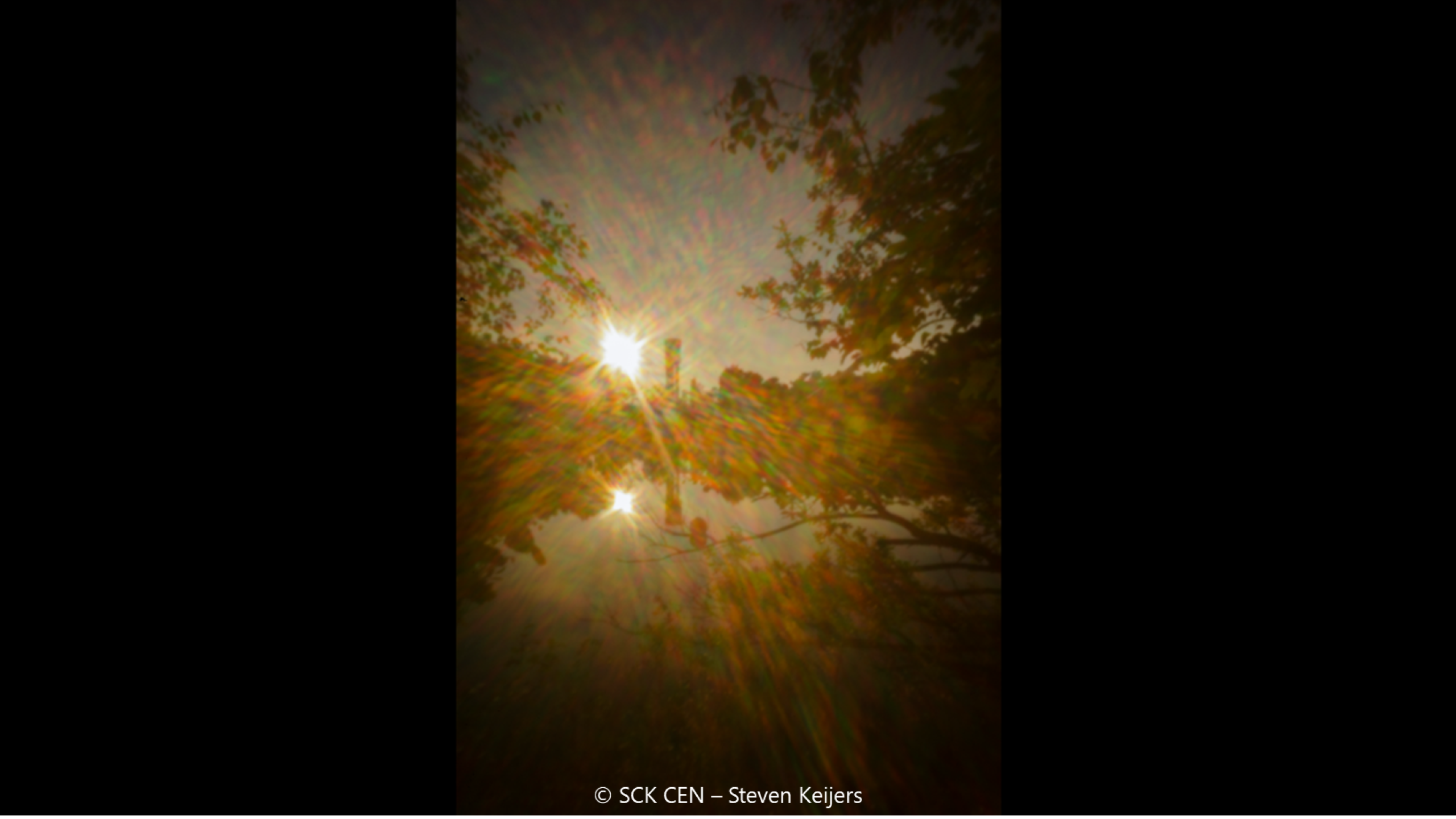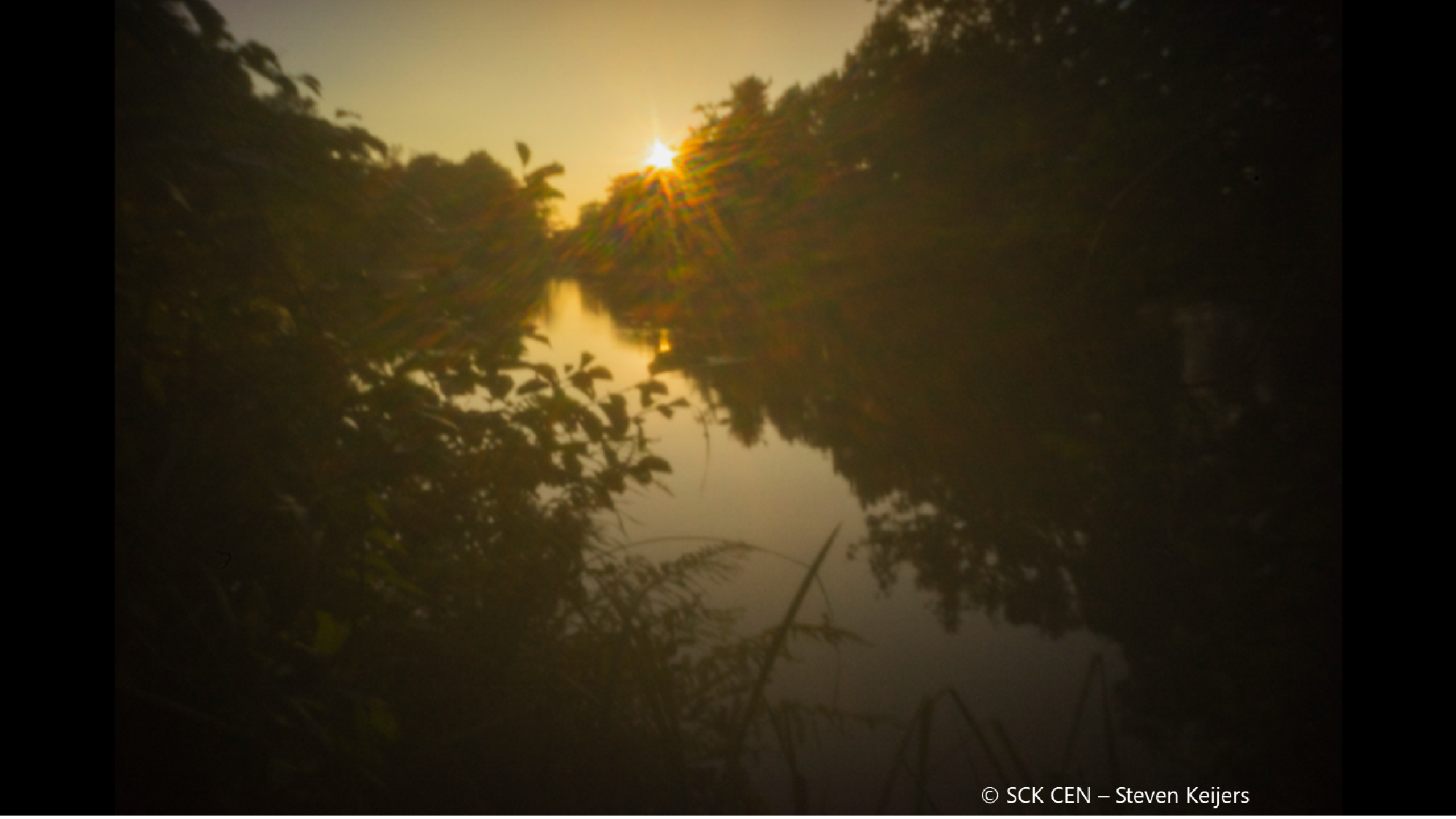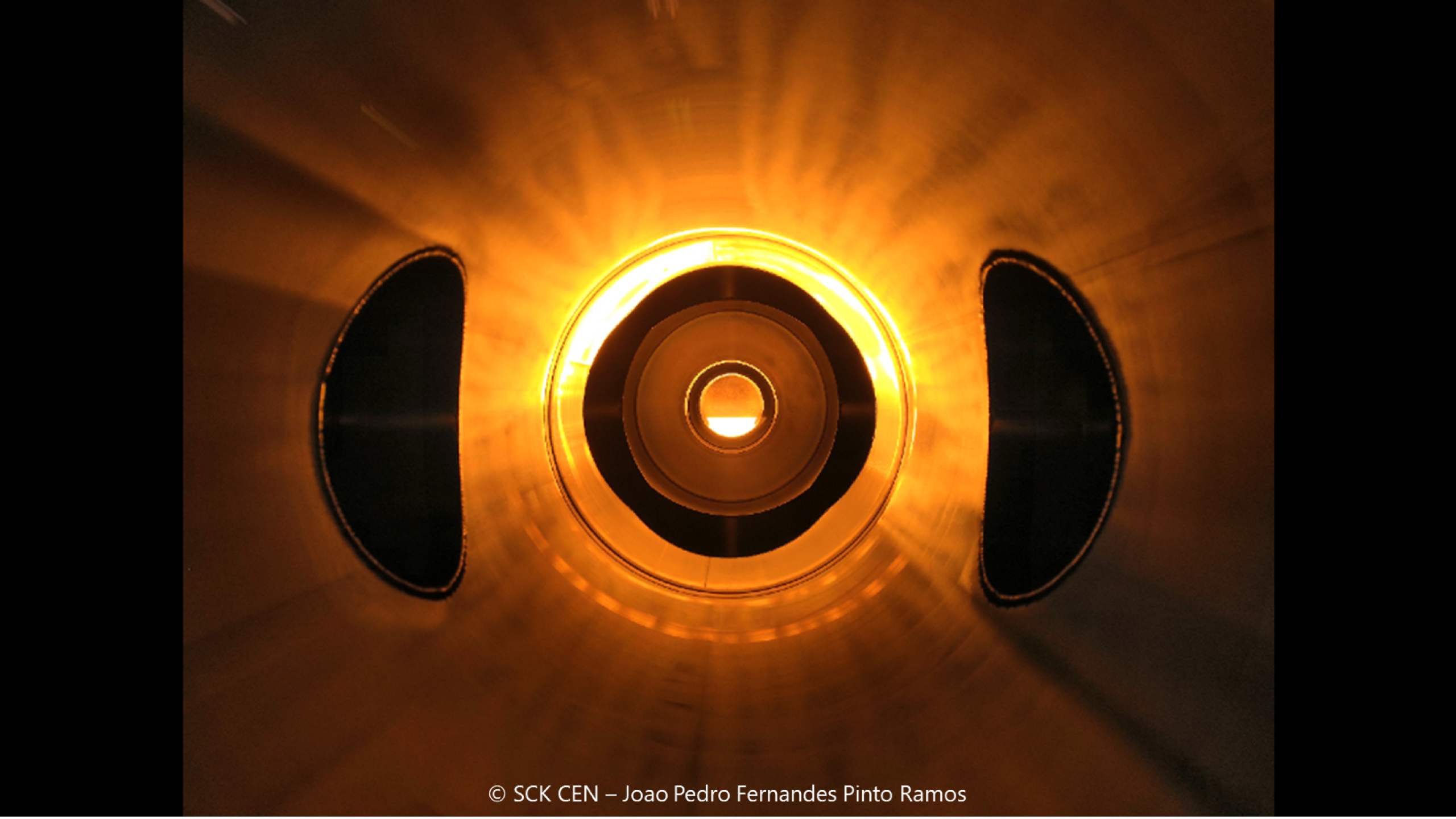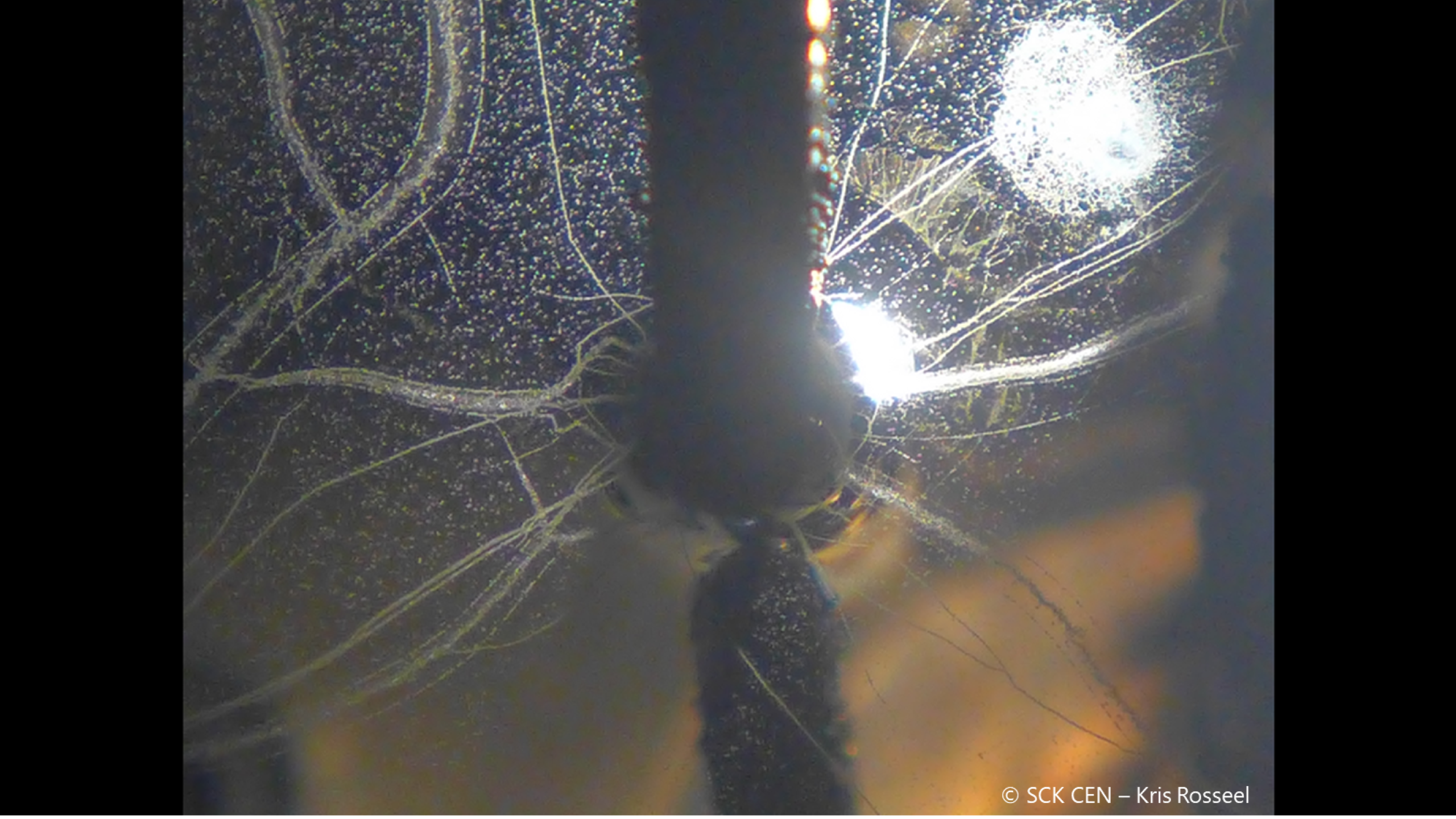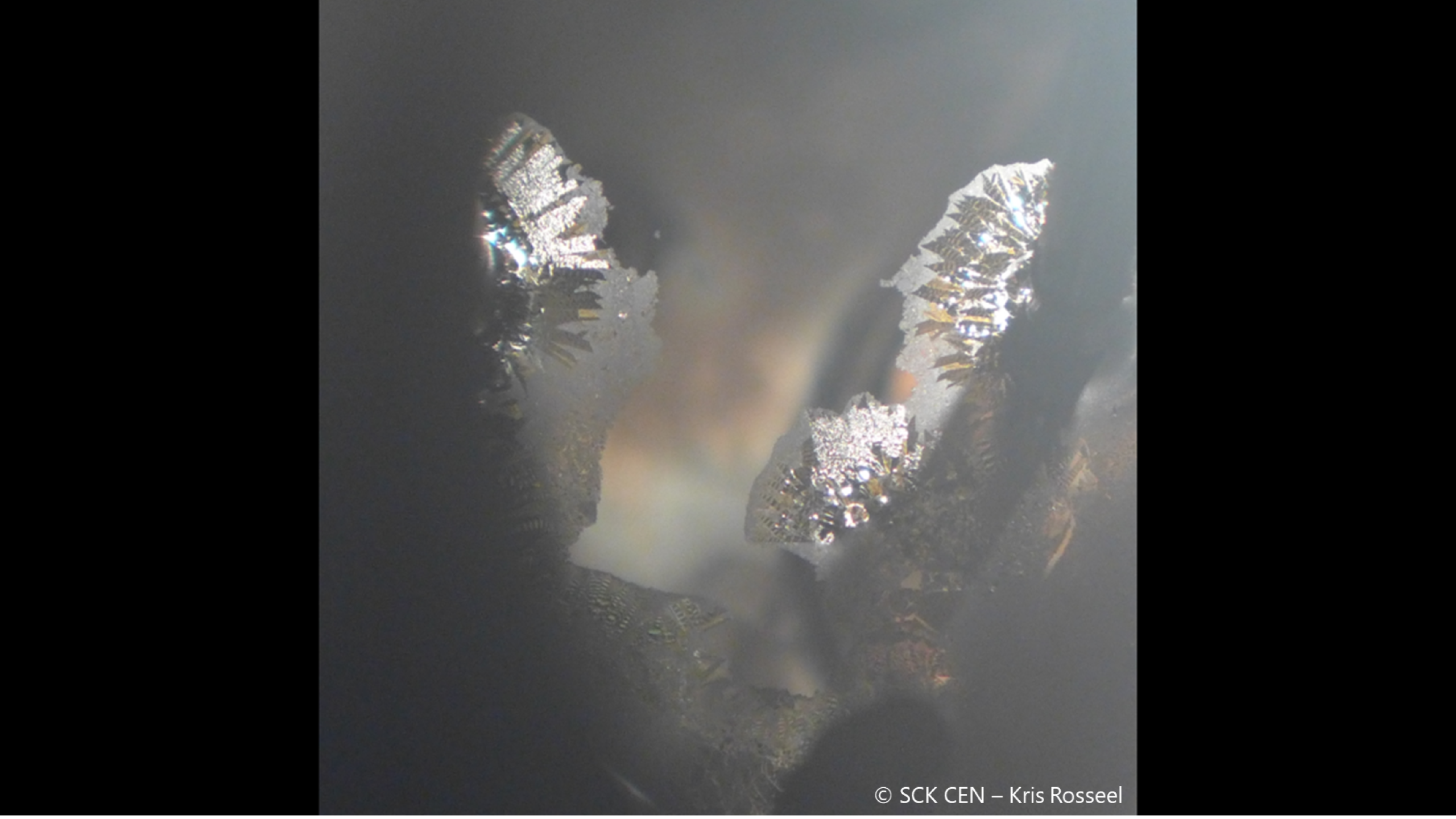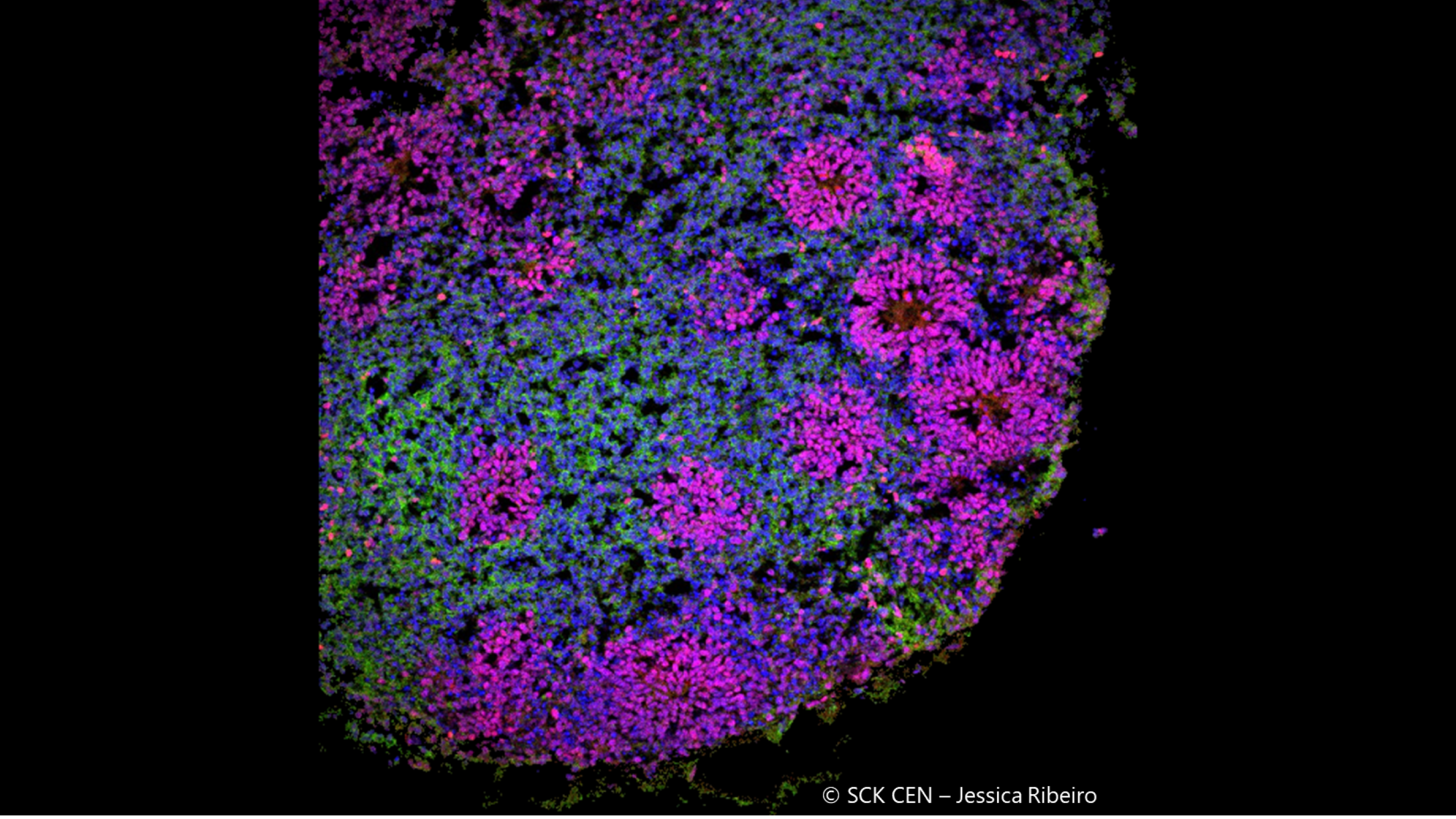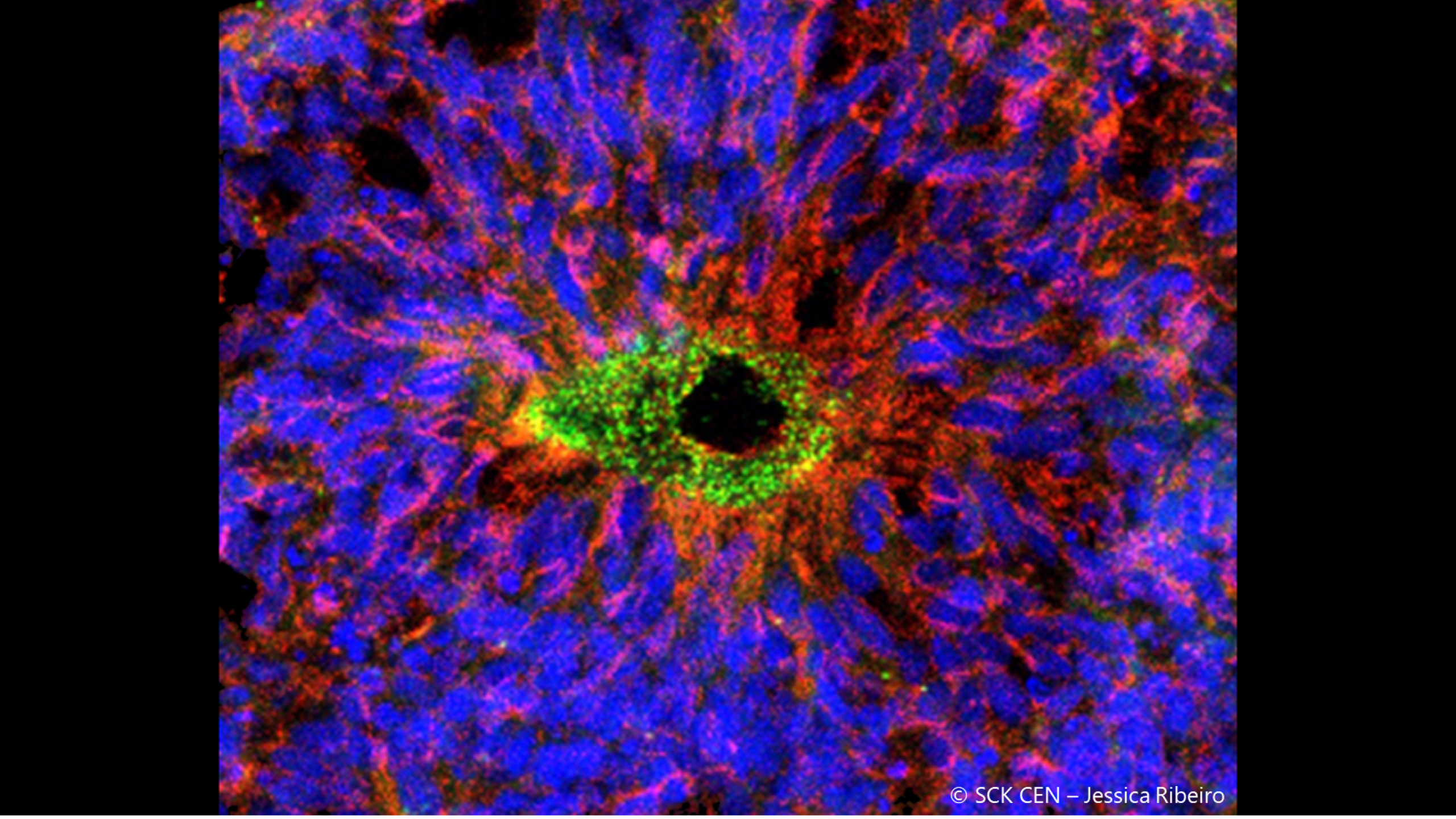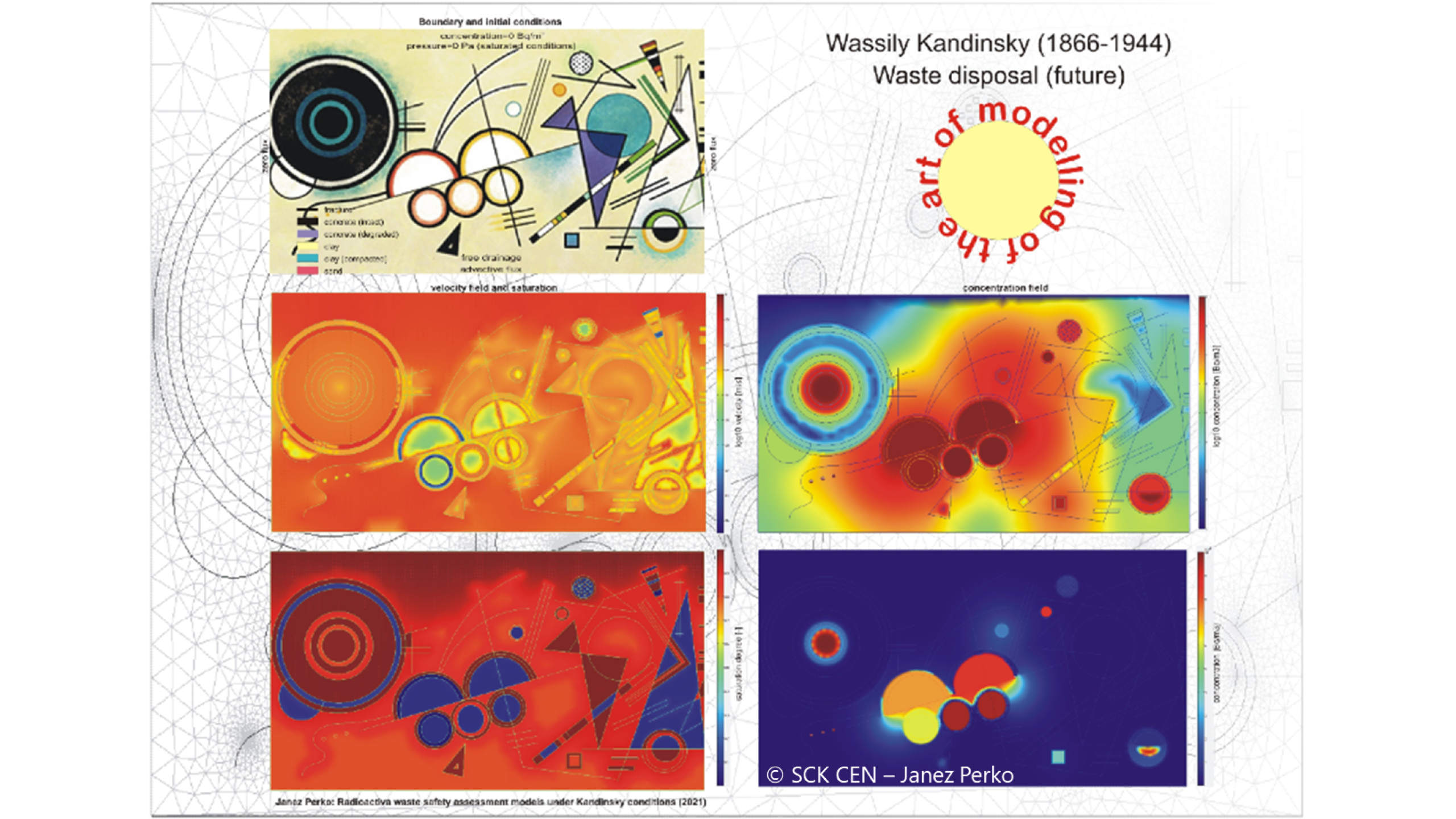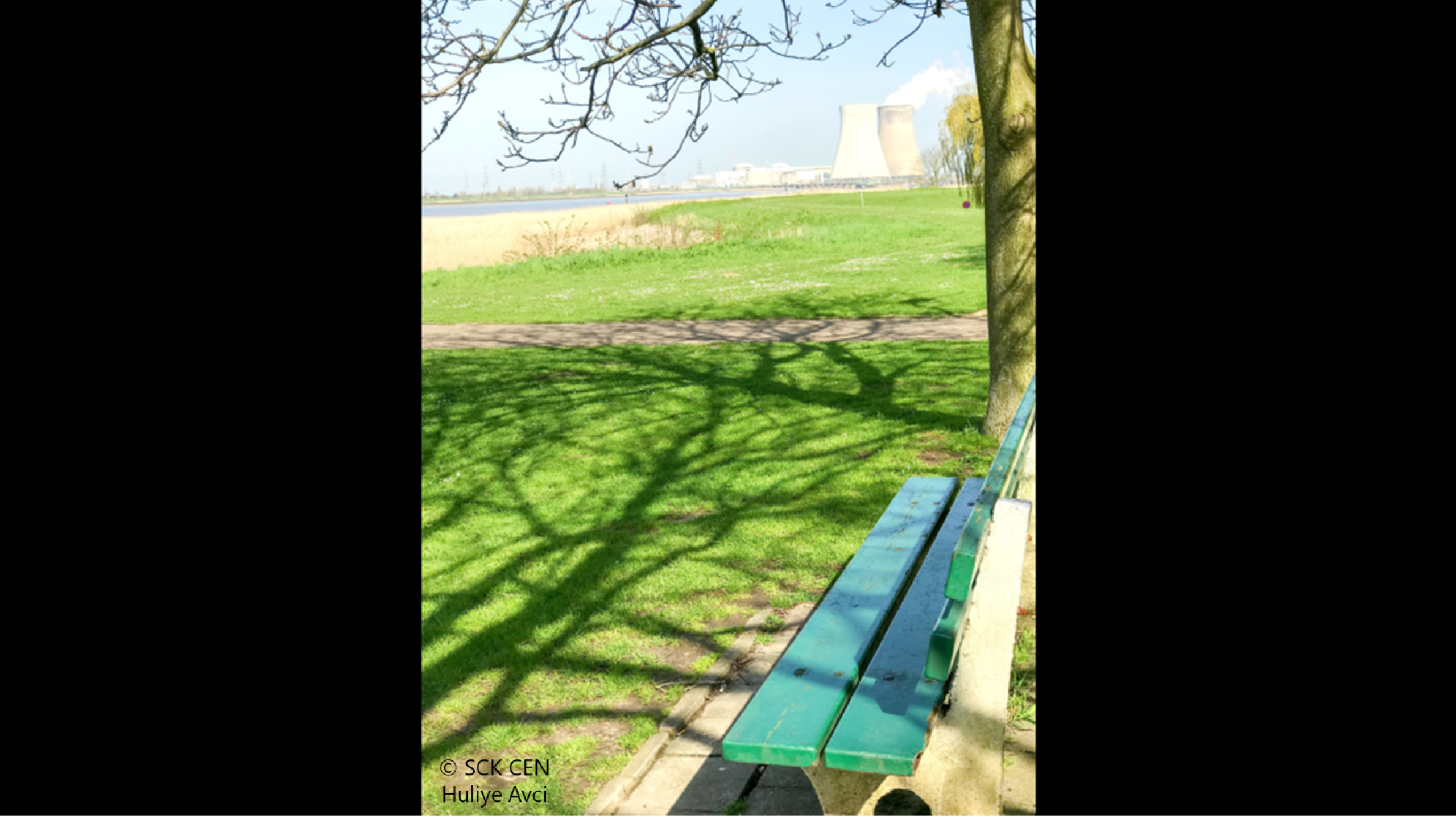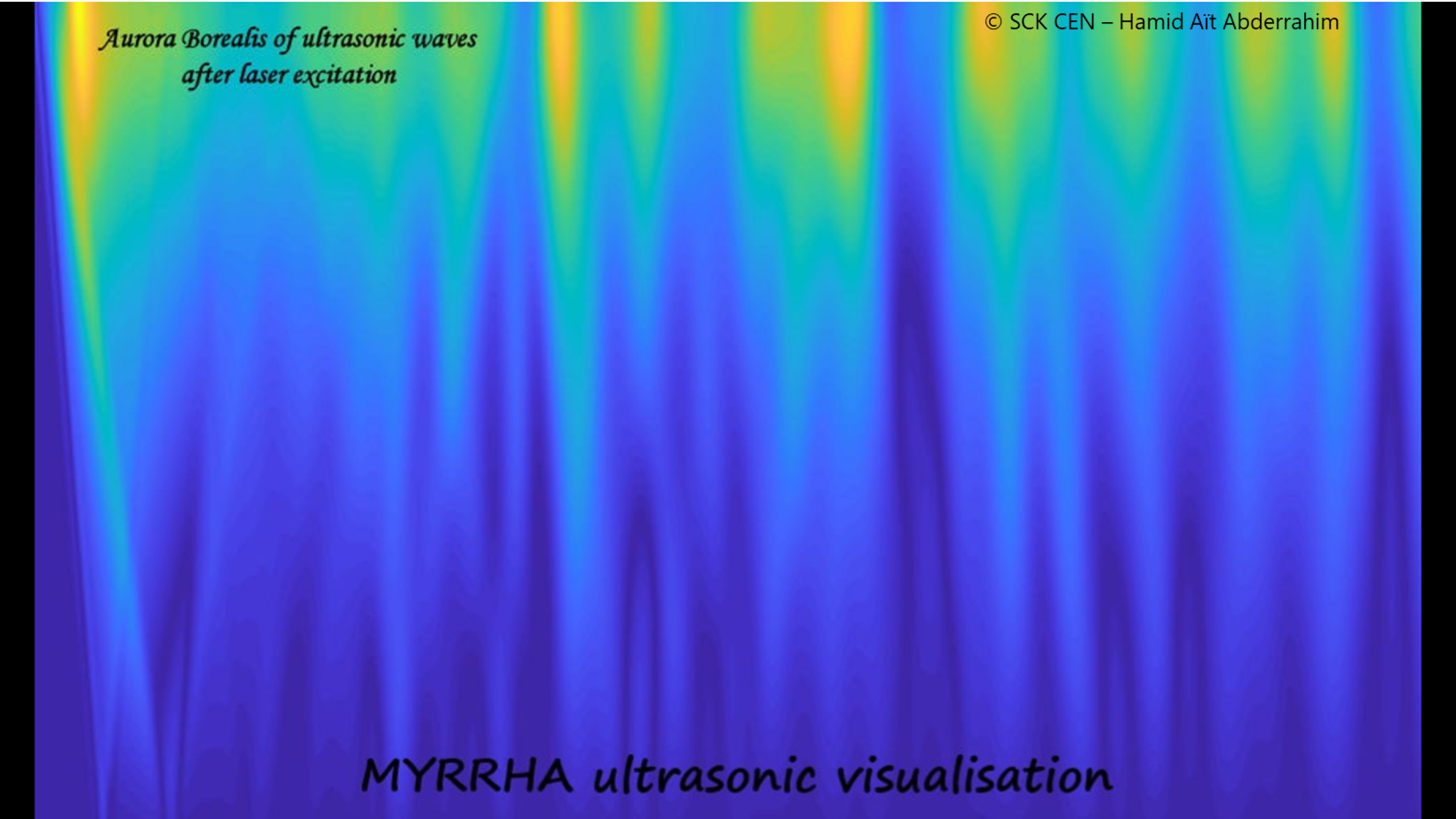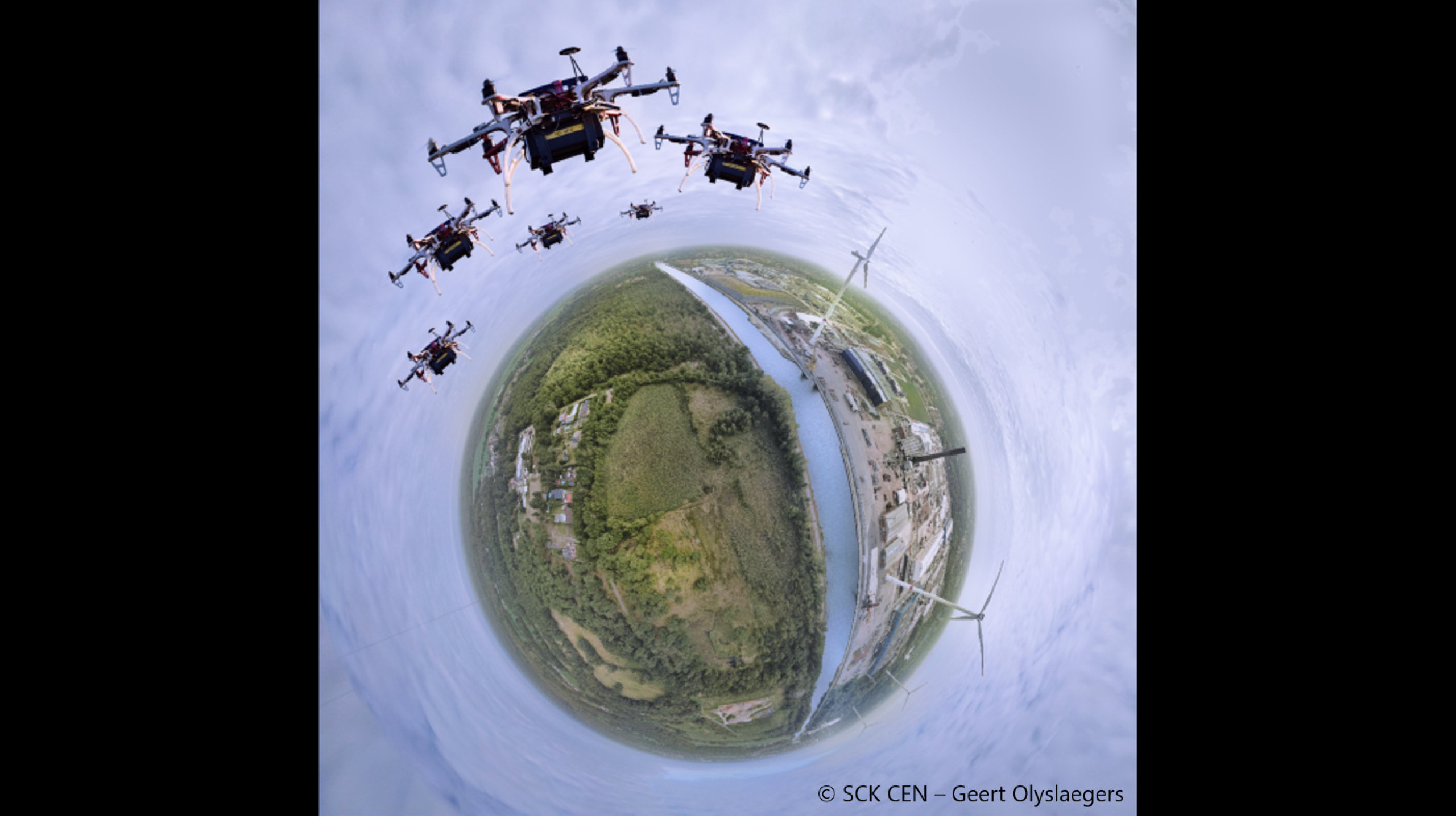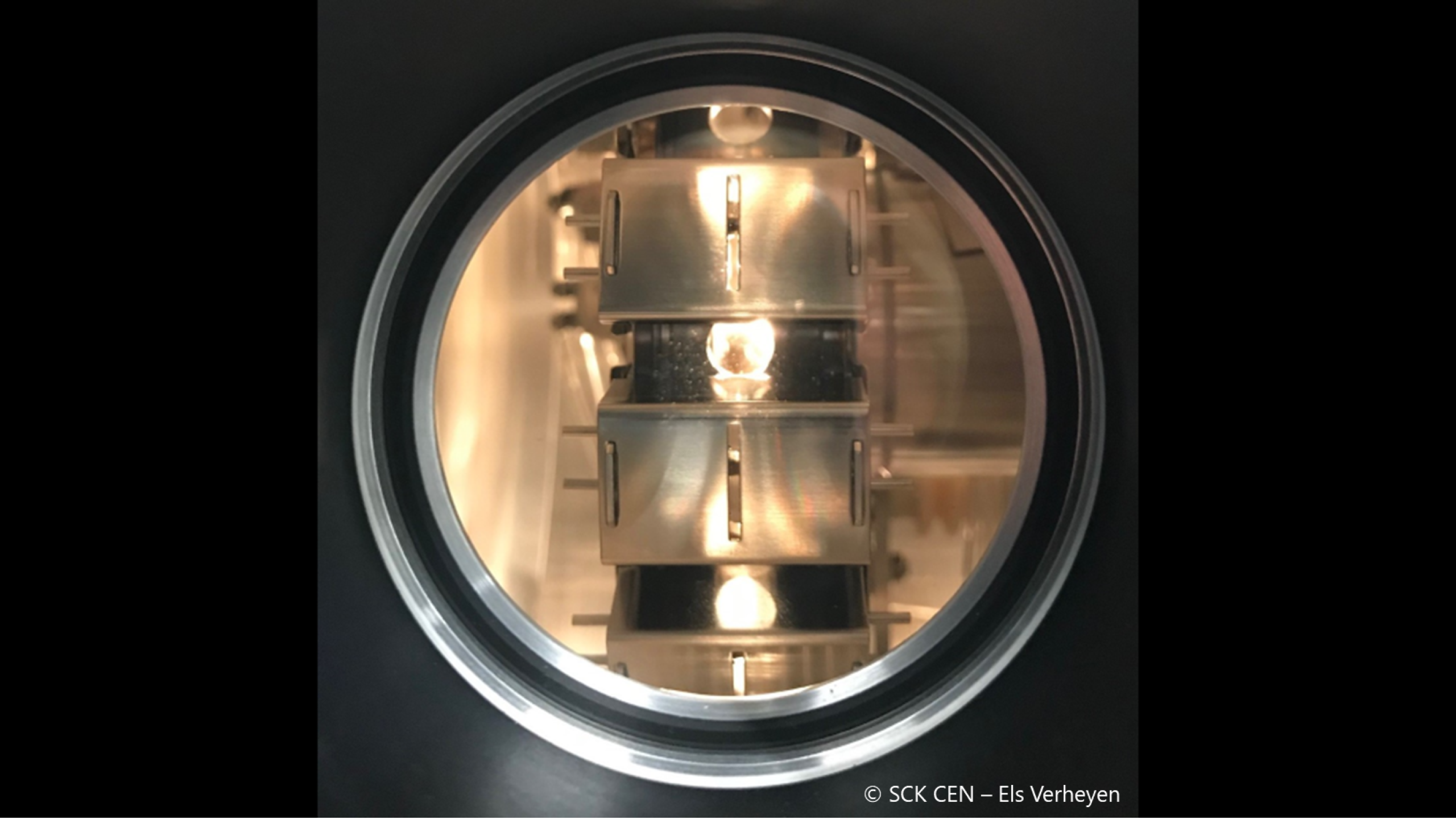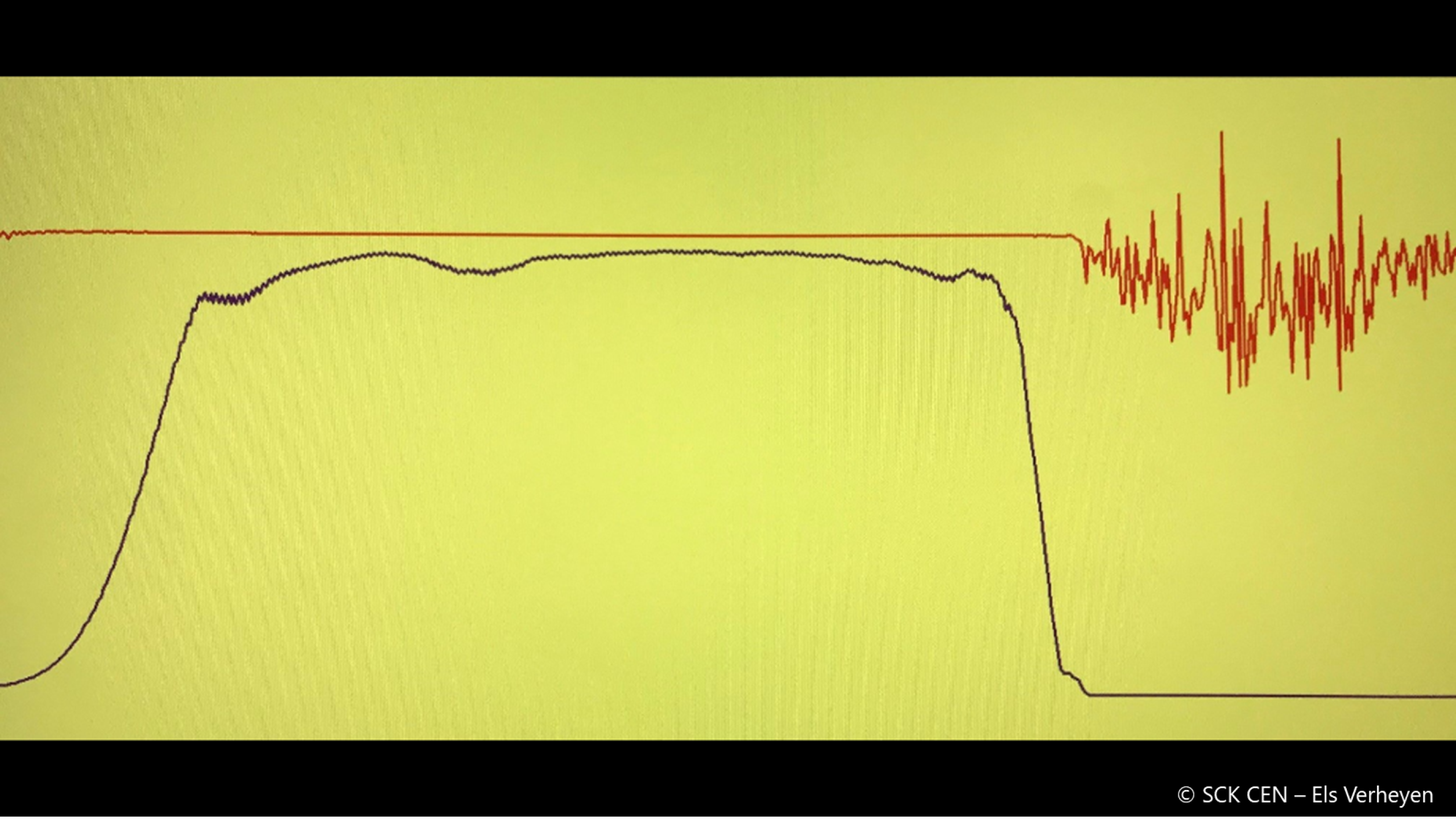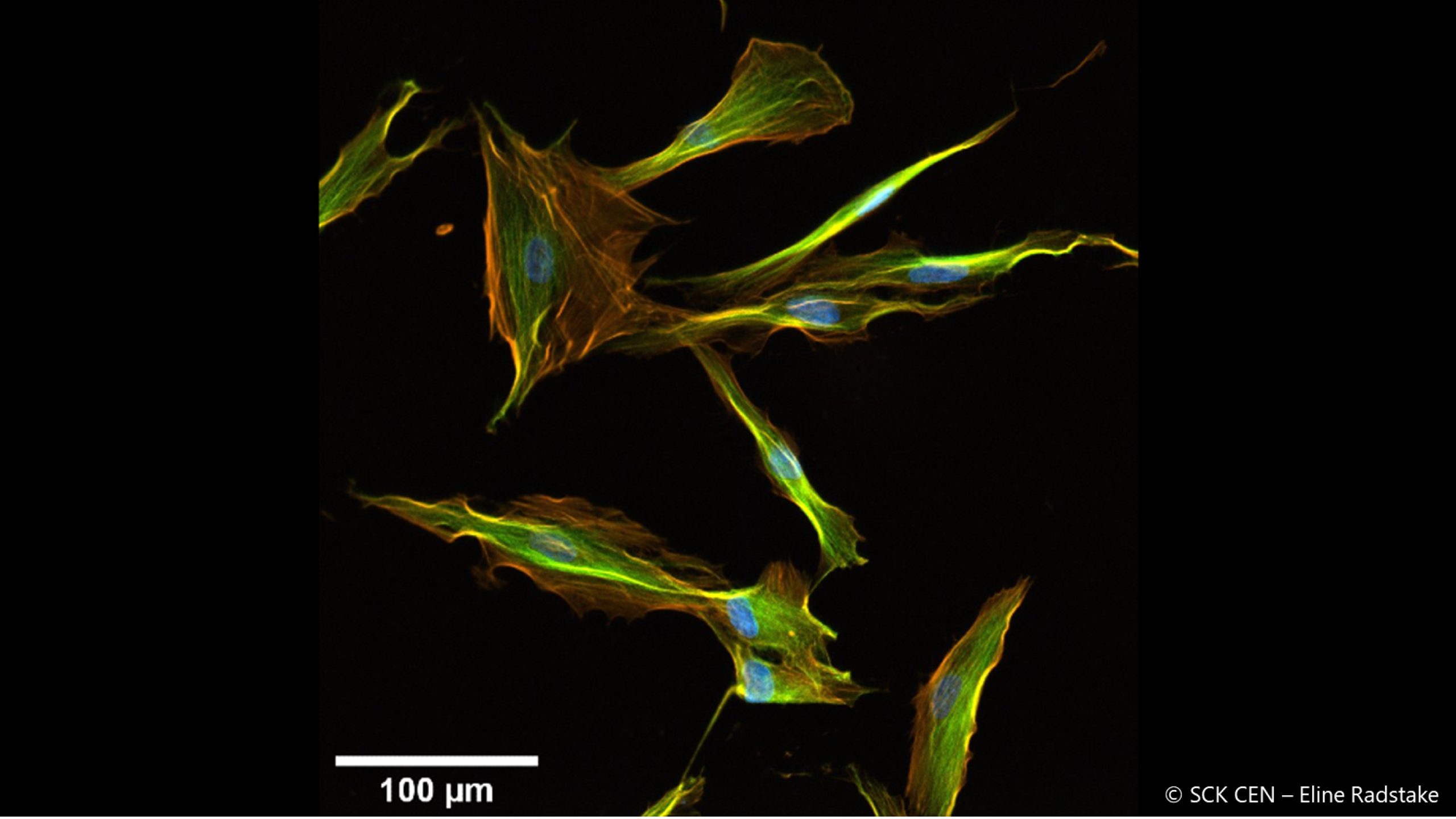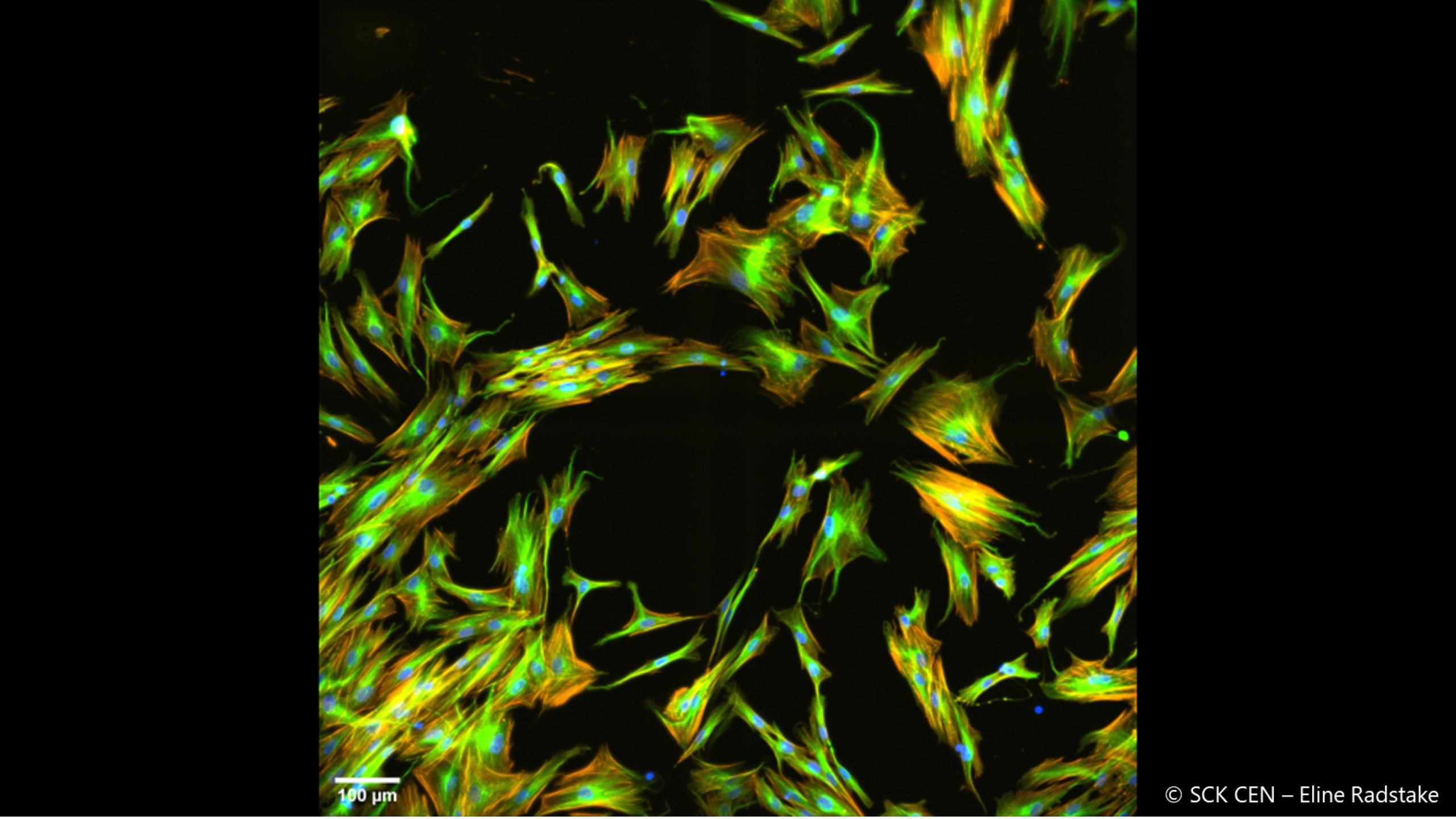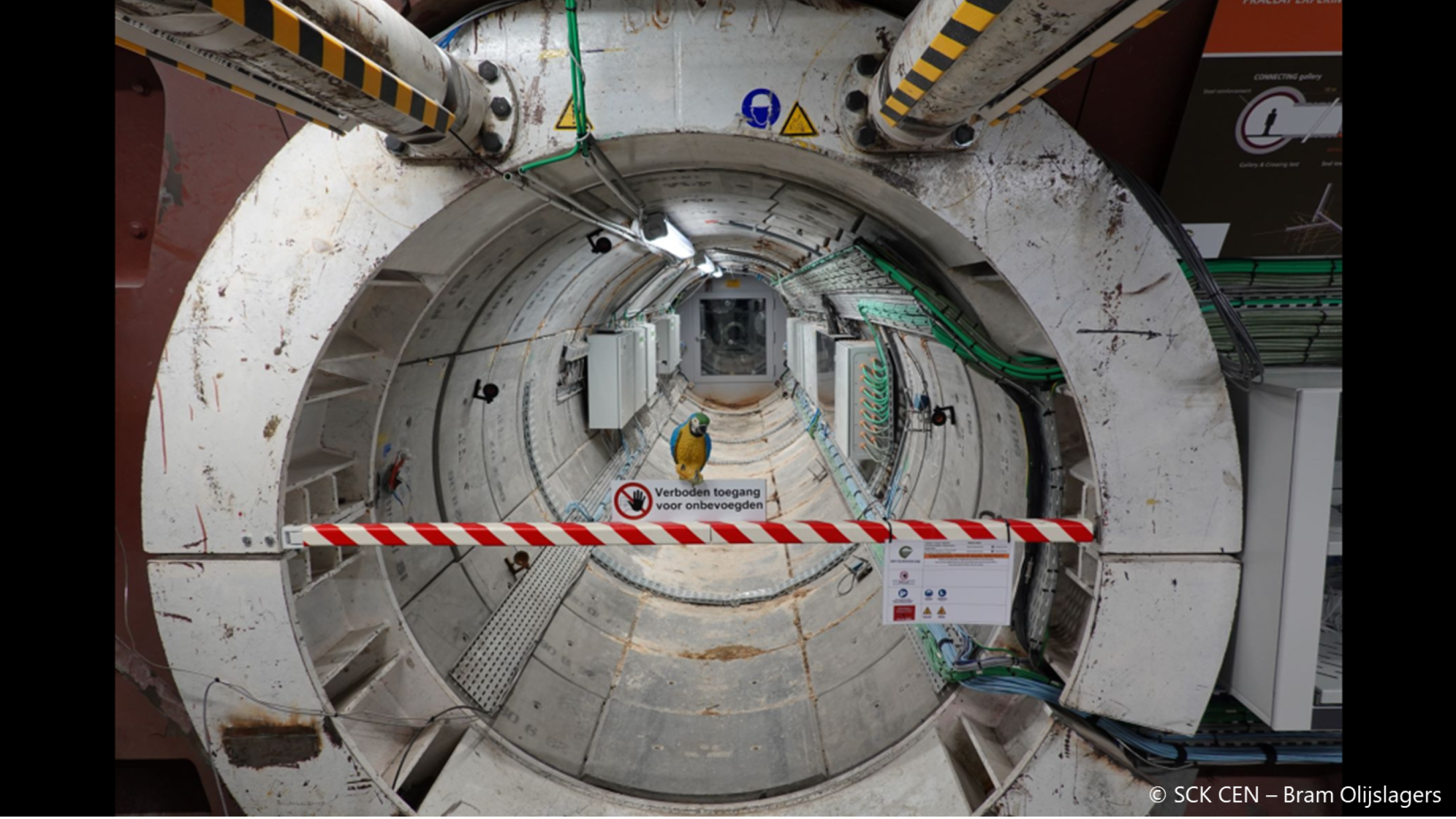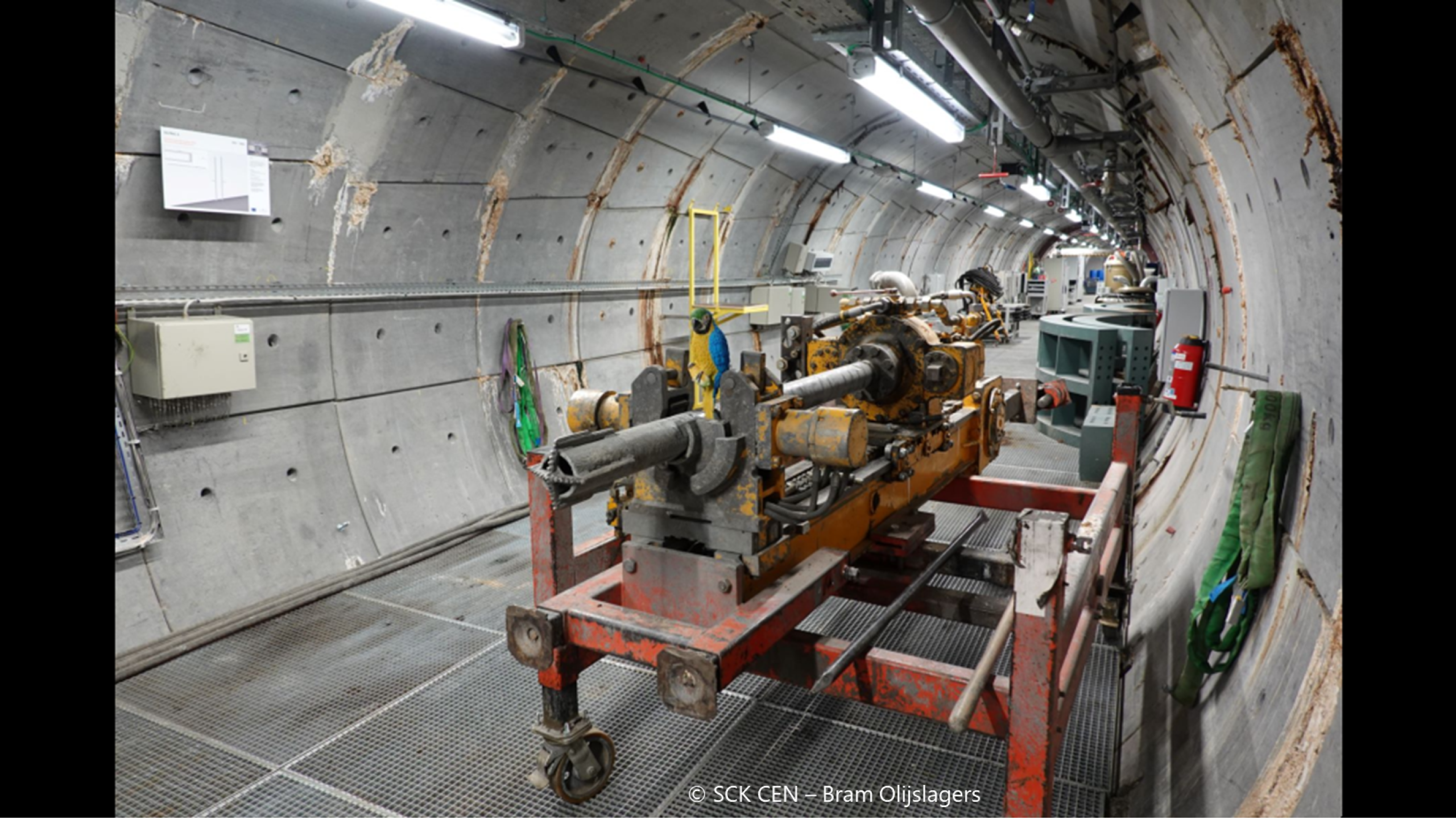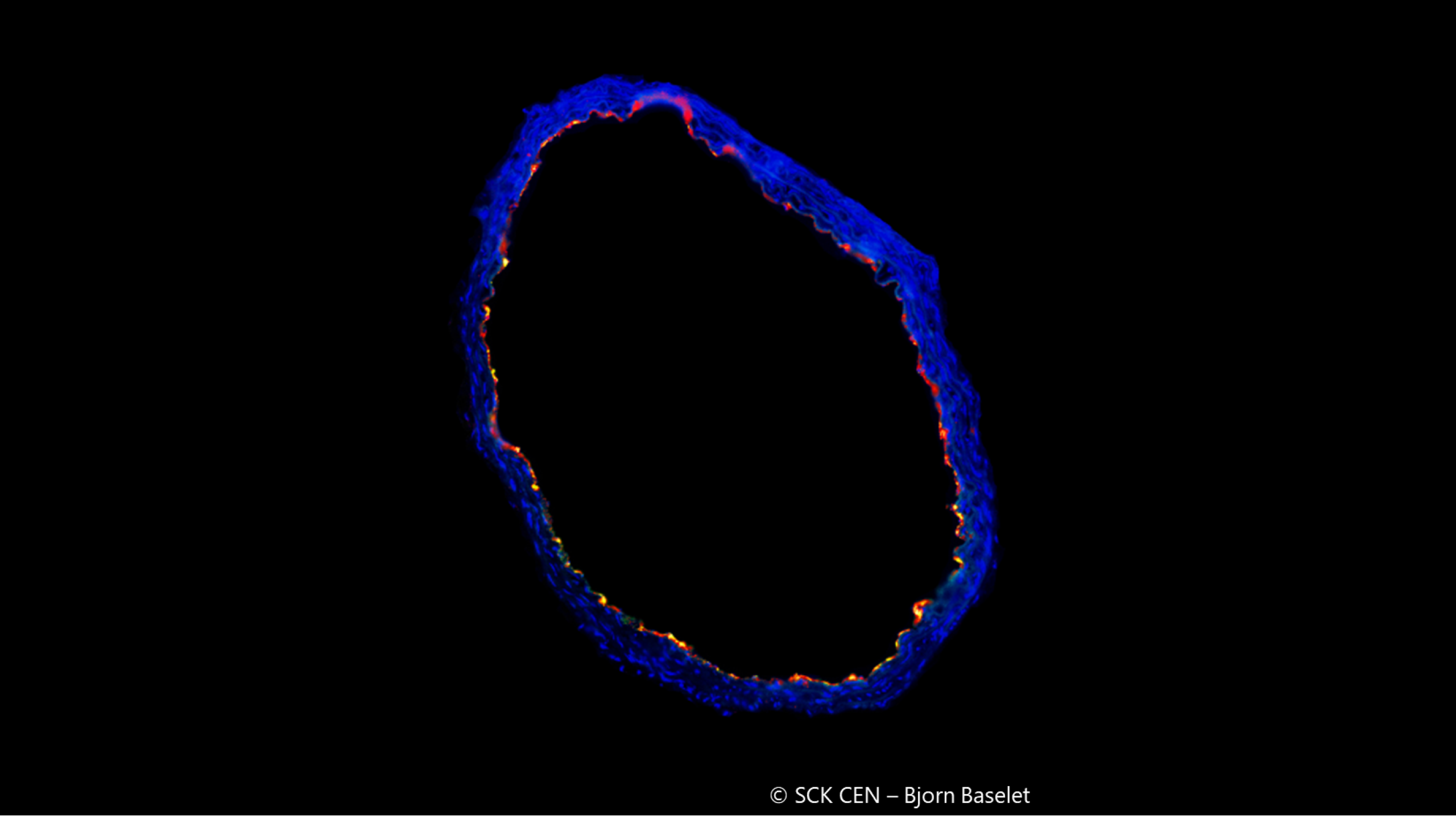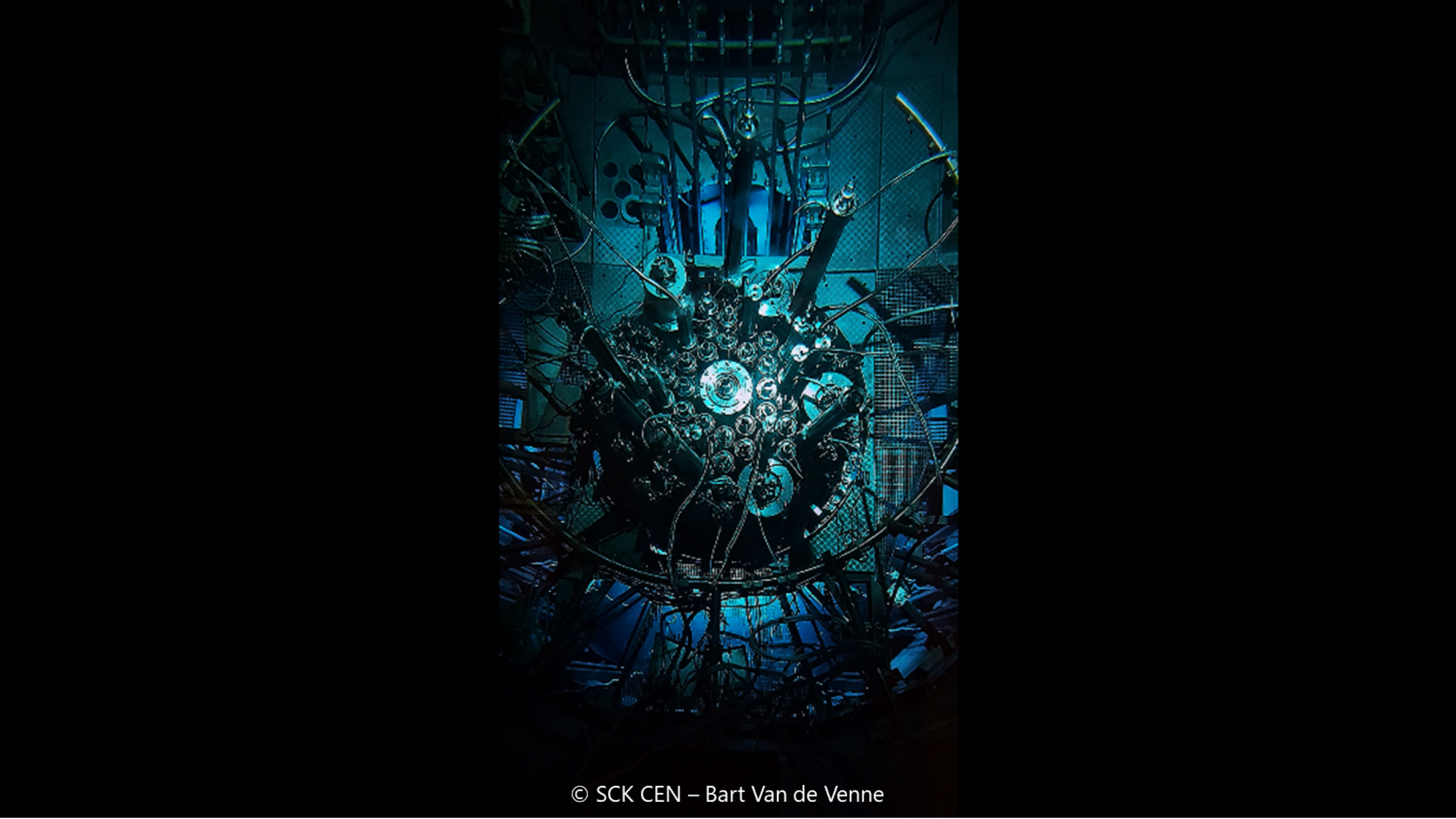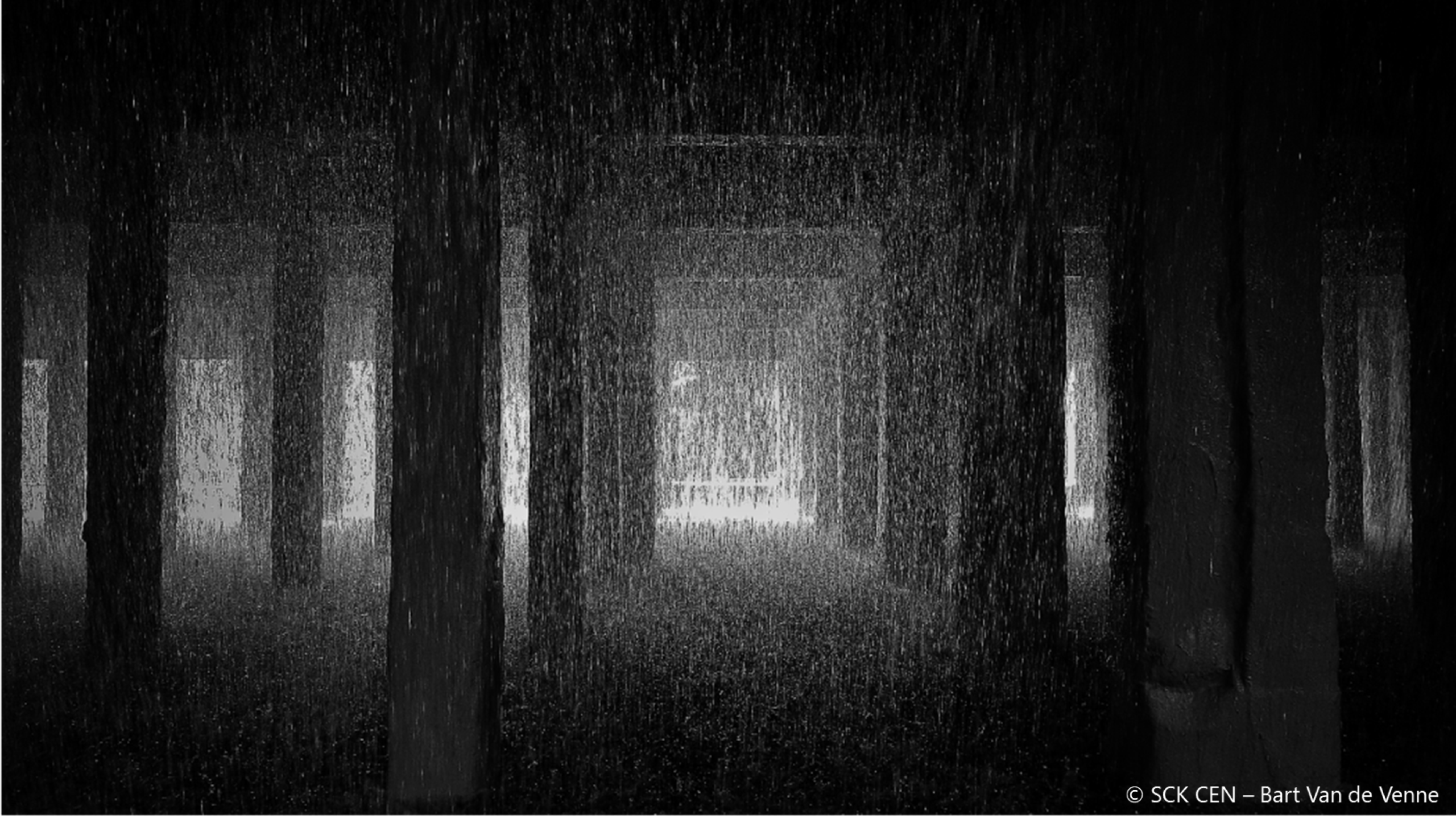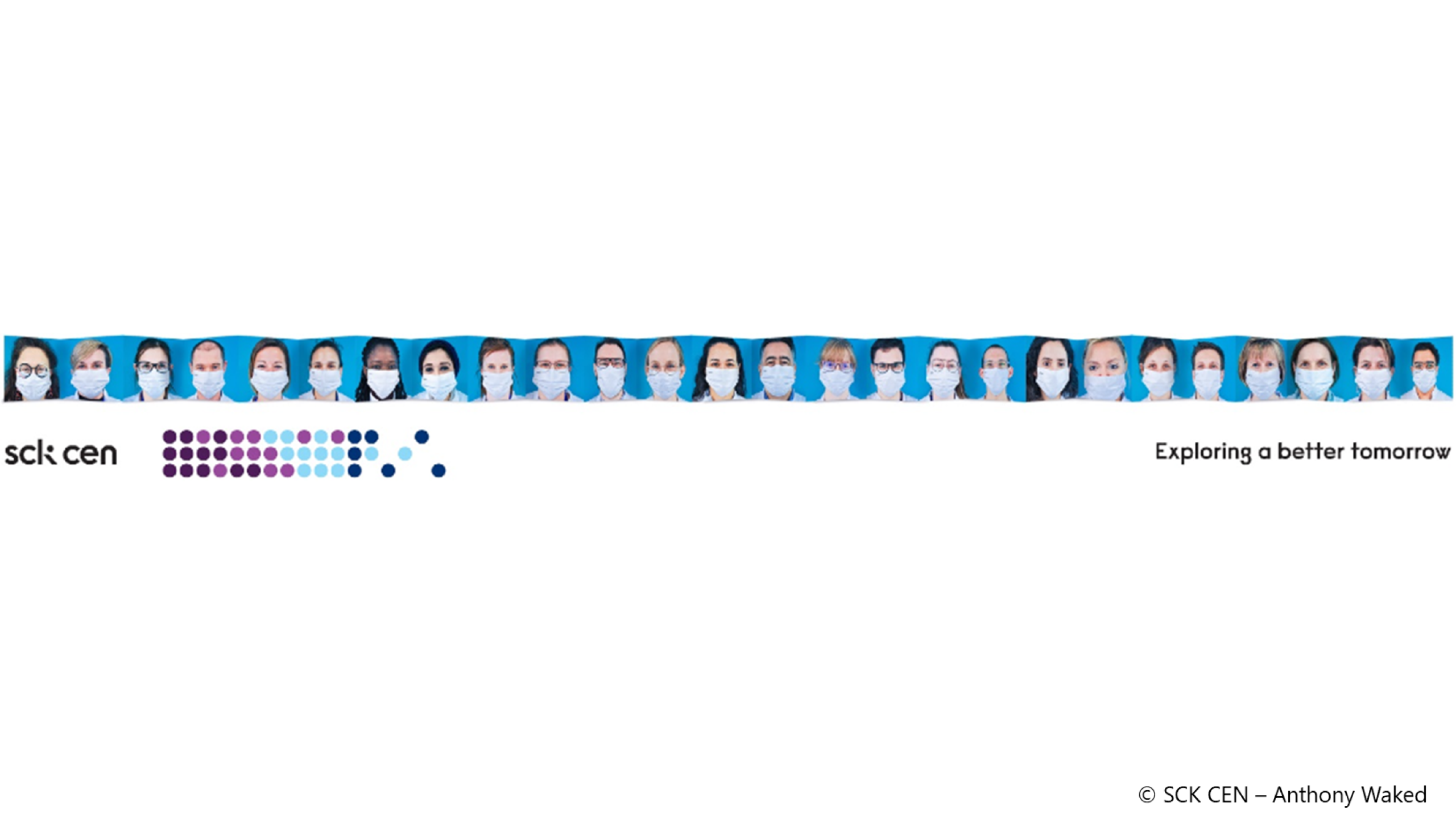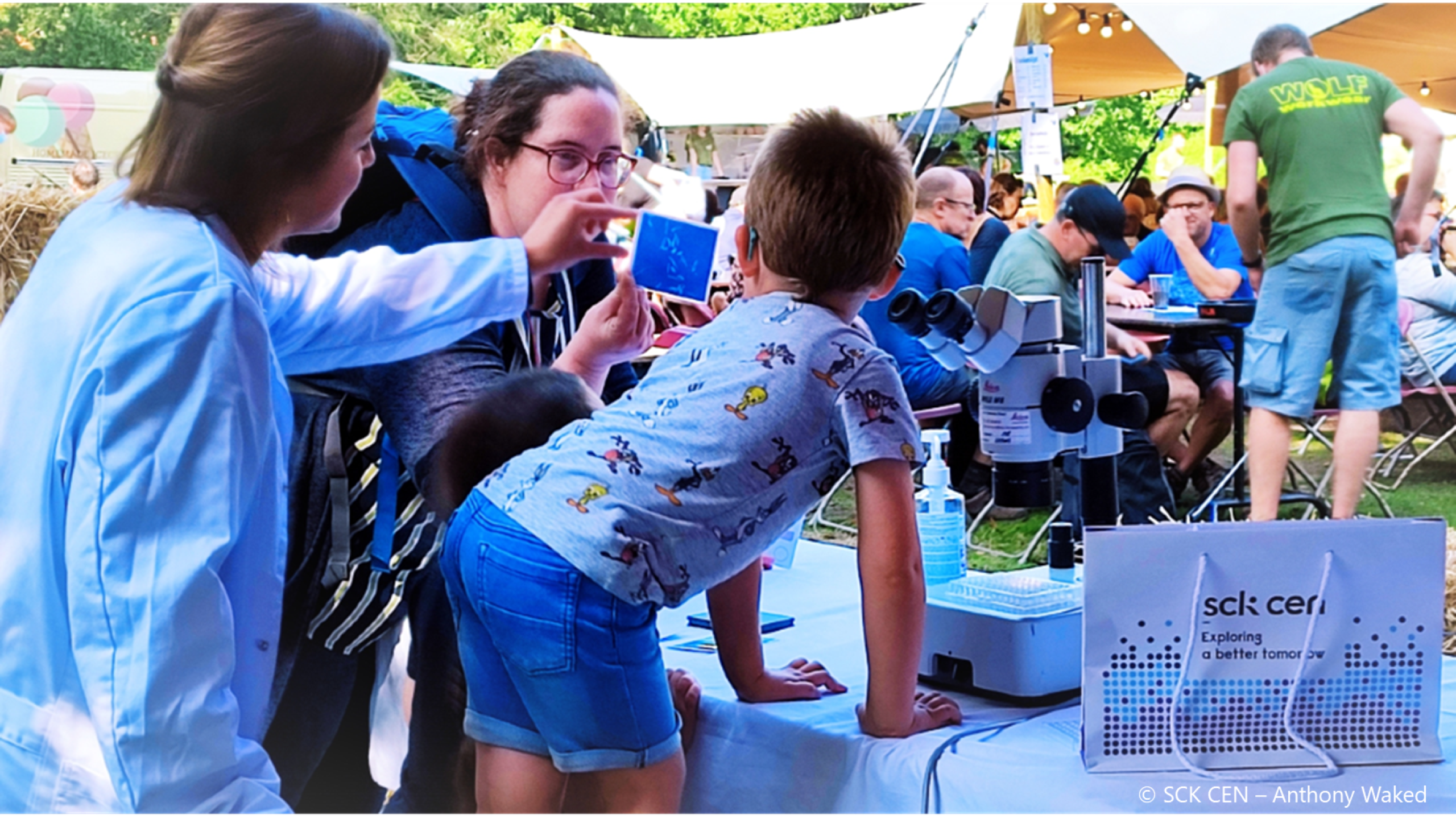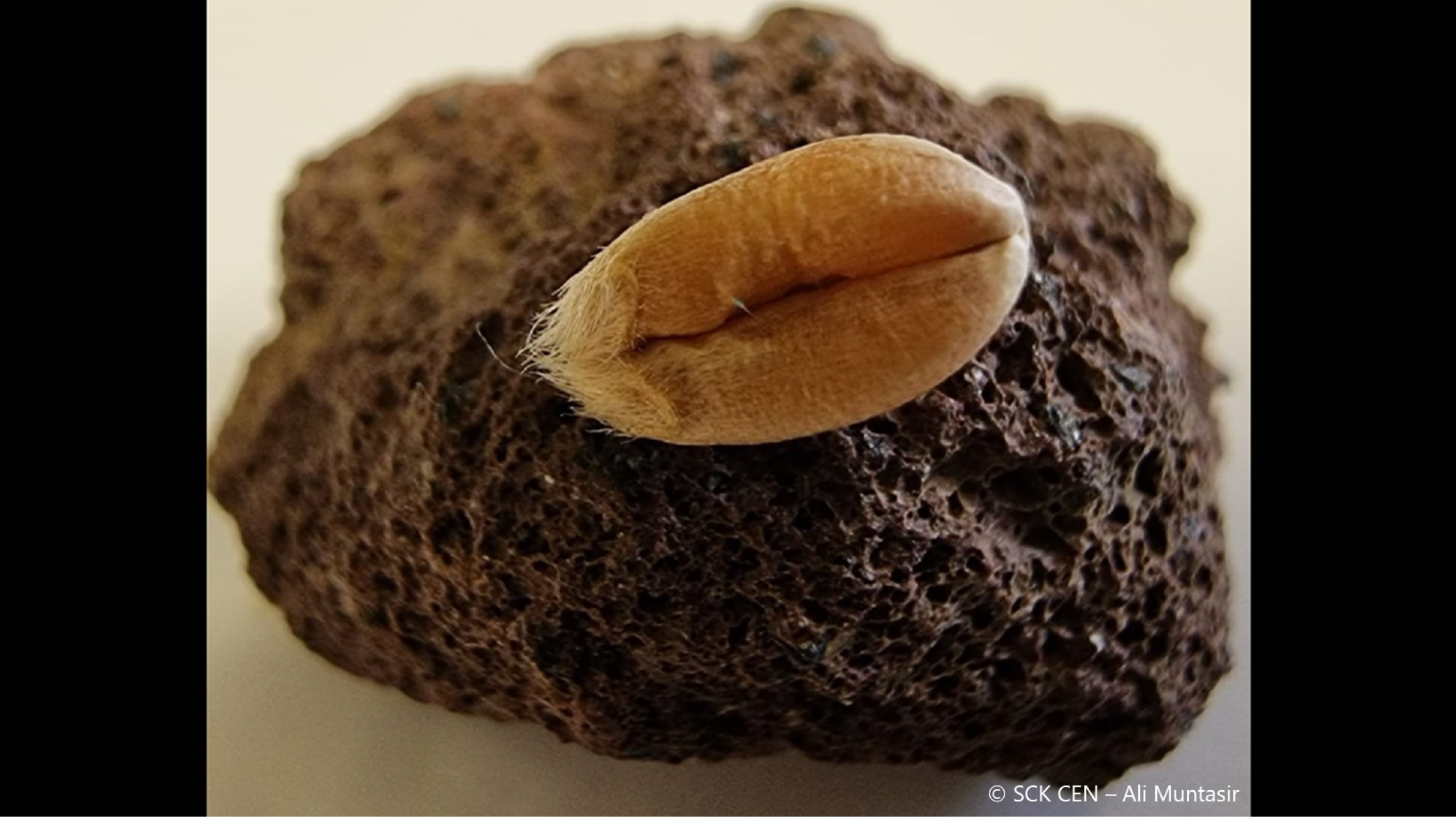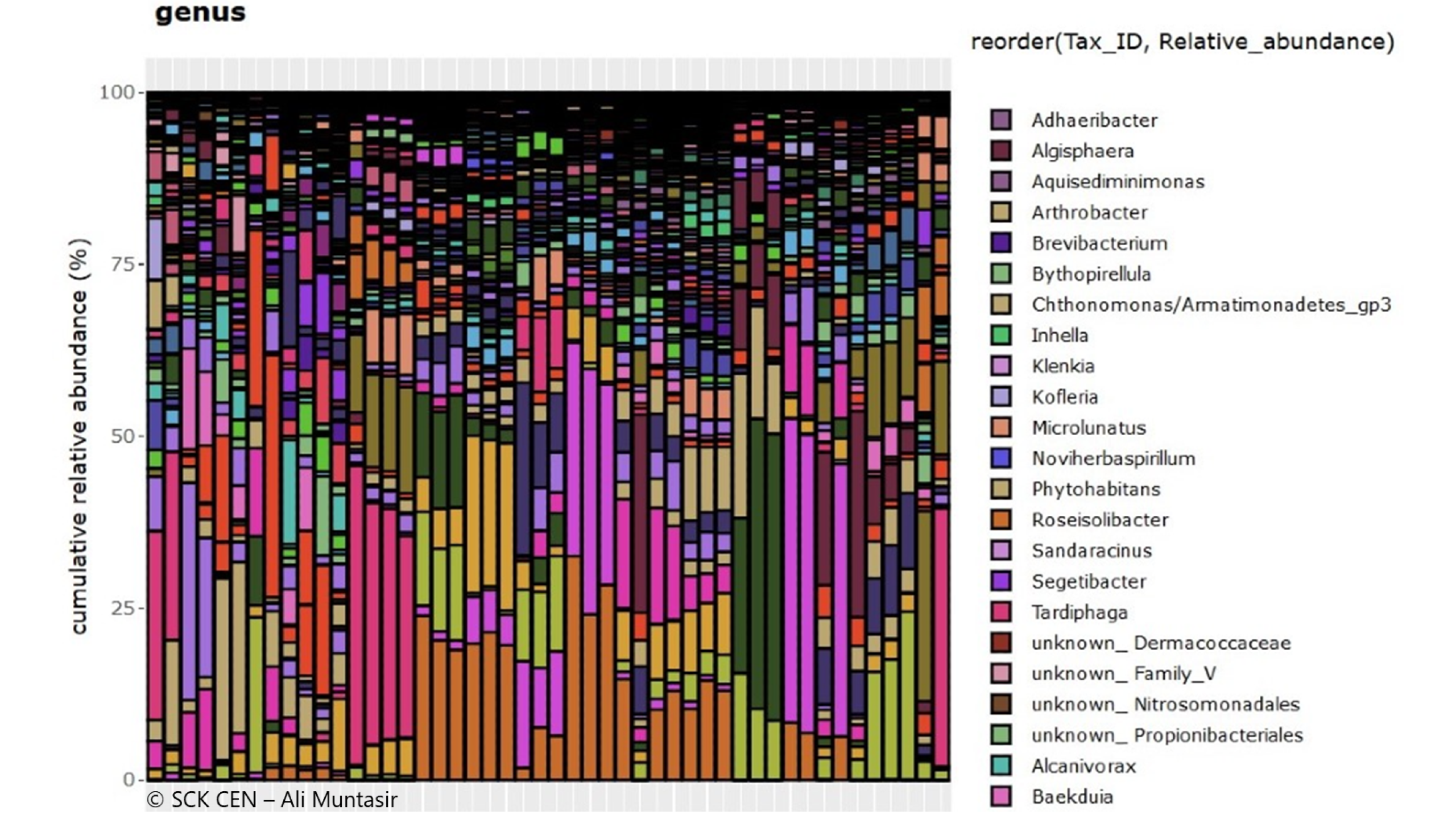SCK CEN Art & Science project – 2021: photo contest
The 2021 Art & Science initiative focused on photography, and was launched in the context of a photo contest. The objective of this contest was to 'picture the … beauty – ethics – mystery – story – aesthetics – controversy – sublime – joy … of our research'. Enjoy the submissions and winners below.
Selection of the expert jury
Reaction of the expert jury, Ingrid Leonard:
"I was very pleasantly surprised by the submissions because I was presented with images that I had never seen before. At the same time, it was also very difficult to make a choice from all the submitted proposals because they were all very interesting and also very diverse in design or form. It was not clear to me which entries originated as part of an existing scientific study and which images were made exclusively for this competition. But each proposal was an interesting dialogue between science and creativity. There are clearly many overlaps between art and science. Both domains use imagination and creative models to grab data and visualize it for themselves and other people."
Ingrid Leonard studied Photography at the Academy of Fine Arts Antwerp and History at the University of Antwerp. Since 2014 she works at the Museum of Photography Antwerpen (FOMU) as a researcher and assistant-curator for the FOMU-collection and exhibitions.
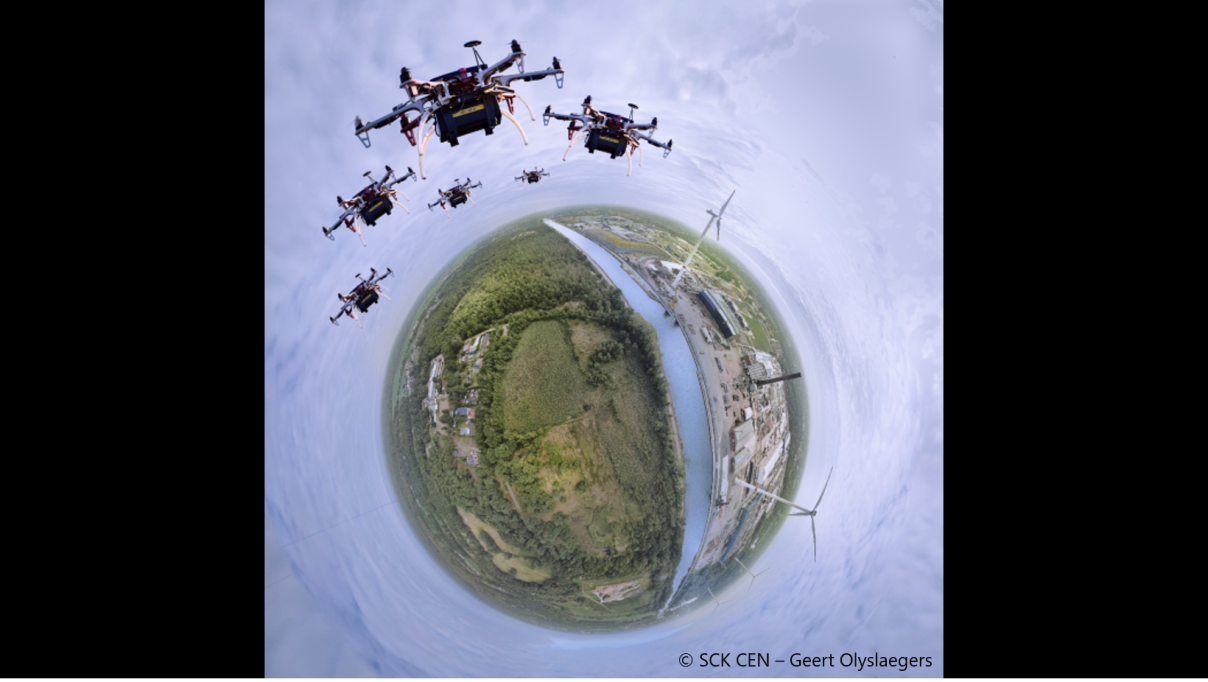
ARMAGED Drones in the Sky (Geert Olyslaegers)
"ARMAGED Drones in the Sky by Geert Olyslaegers is an astonishing image depicting Earth as a small planet where technology seems to be taking over. The photo is reminiscent of a futuristic police state and raises questions about privacy legislation. From the accompanying text we learn that drones are being used above an industrial site in Olen to test radiological detection systems after a previous contamination. The photo was taken on the basis of various shots and thus plays with the reality and fiction. A method that has been inherent in the medium from the very origin of photography. In this way it is important to stay critical for a reality that we believe on the basis of images. You could also say that the image makes us look critically at technology. How far can you go in terms of security ? And where does freedom ends? Things that are very important today." (Ingrid Leonard)
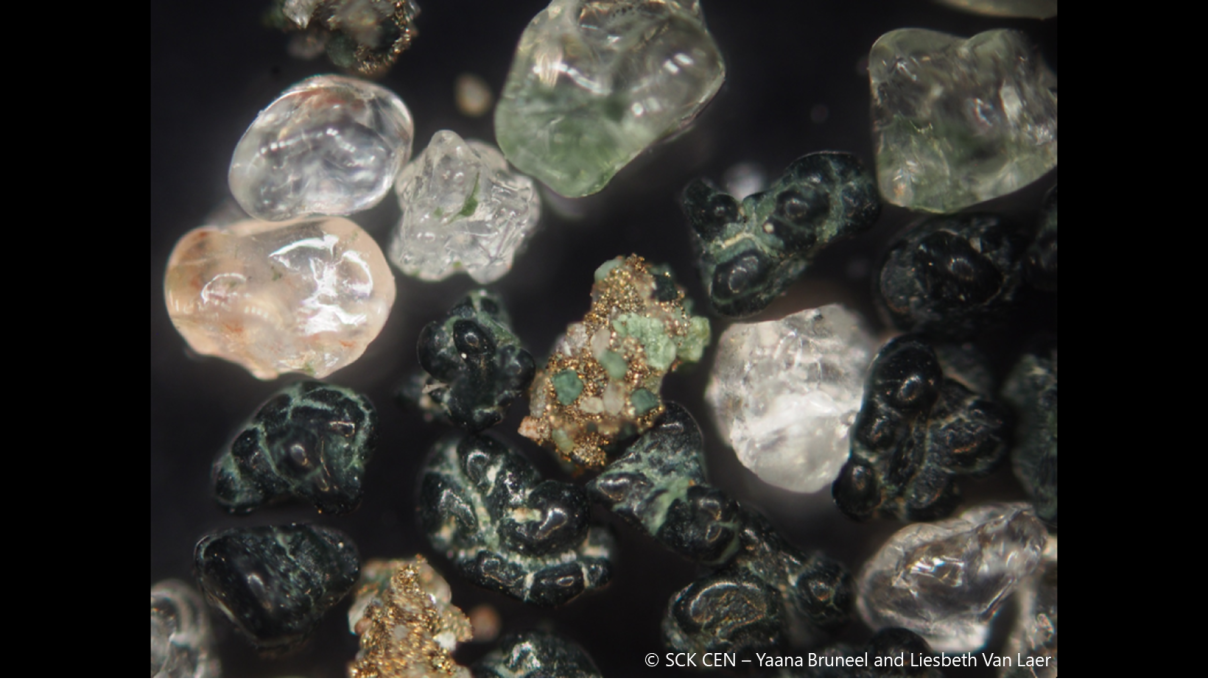
Hidden gems (Yaana Bruneel and Liesbeth Van Laer)
"It is very beautiful to see how scientific research and aesthetics can go hand in hand. The title Hidden Gems is therefore well chosen for this image made by Yaana Bruneel and Liesbeth van Laer. At first sight we see a collection of gemstones evenly lit against a dark background. From the accompanying text we learn that it is an extreme magnification of some marine clay grains and quartz bound by pyrite for an investigation of the sorption capacity of radionuclides by glauconite sands. It is very nice to be surprised by the possibilities of the photographic medium in the way it can help us to make the invisible visible in such a beautiful way. The image is simultaneously abstract and very concrete, aesthetic and documentary. It is a type of photography you rarely encounter as an ordinary citizen, and that was and still is very important." (Ingrid Leonard)
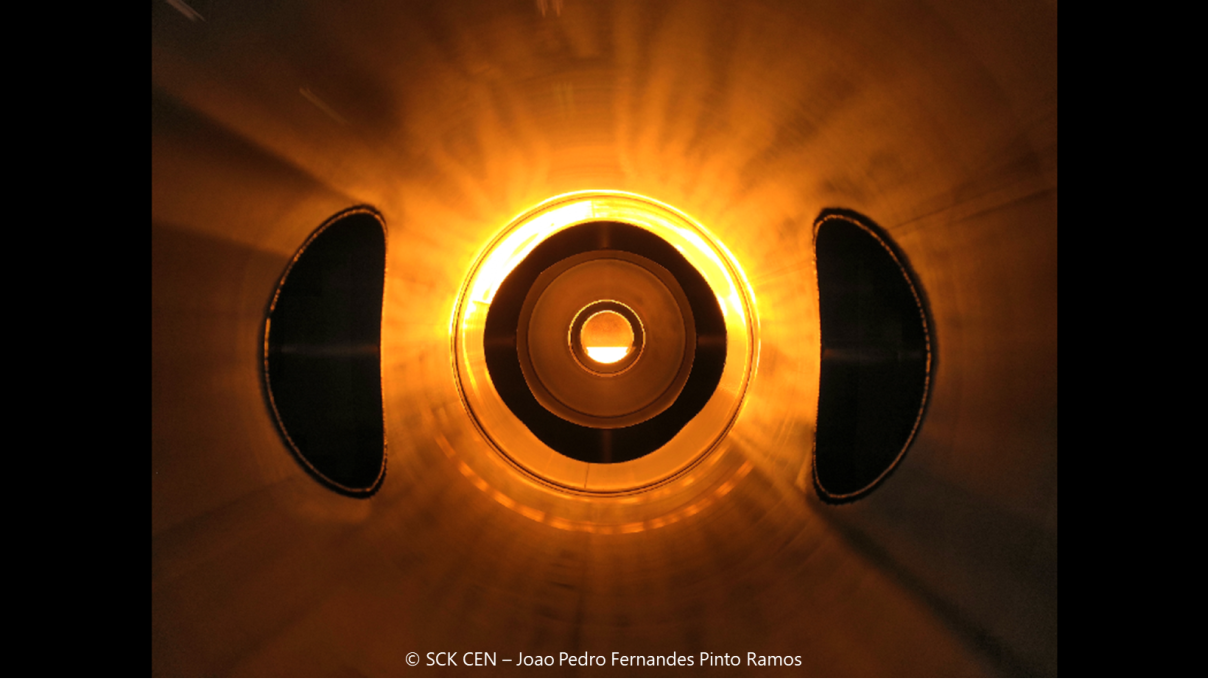
The shining heart of ISOL@MYRRHA (Joao Pedro Fernandes Pinto Ramos)
"The shining heart of ISOL@MYRRHA is an intriguing image that pleases and disturbs at the same time. It's hard to imagine that the photo was taken in this world. There's something ominous about the image. The almost perfect symmetry, lighting and hypnotic orange glow make you want to keep looking. As a spectator you have no sense of scale or distance, there is no clue whatsoever and you are left disoriented. You could almost say that this dual feeling of fascination and uneasiness corresponds to the feeling some people have about nuclear research." (Ingrid Leonard)
Winners of the public award

1st: ARMAGED-drones in the sky (Geert Olyslaegers)
Bijgevoegde foto stelt een zwerm van ARMAGED-drones voor, die een surveillance doen van een industriële site. ARMAGED-drone refereert naar de ARduino MediAted Gamma Emission Detection drone, een drone met geïntegreerde Geiger-Müller detector welke combinatie op het SCK CEN werd ontwikkeld en geoptimaliseerd. De site is een gekende zone met historische Ra-226 contaminatie waar onze eenheid het voorbije jaar dronevluchten organiseerde om onze radiologische detectiesystemen te testen.
De zone en omgeving wordt voorgesteld door een zogenaamde tiny-planet.
De beelden werden genomen, rekening houdend met de heersende dronewetgeving.
De foto van de ARMAGED-drone werd genomen met een NIKON D7200 op 105mm; 1/60sec bij f/7.1; ISO-100. De foto’s van de D1-site en omgeving werden genomen met de DJI Mavic Pro (op 5mm; 1/8000 sec. bij f/2.2; ISO-200) in combinatie met de Litchi App (Panorama mode) en samengevoegde met Image Composite Editor voor het maken van de tiny-planet. Beelden van de verschillende opnames werd gecombineerd met GIMP 2.8.22 en geoptimaliseerd met Lightroom v10.

2nd: The shining heart of ISOL@MYRRHA (Joao Pedro Fernandes Pinto Ramos)
No this isn’t another picture of the famous black hole in the galaxy Messier 87 taken by the Event Horizon Telescope collaboration. This picture was taken in one of the laboratories at SCK CEN where a prototype of a target container is being tested, which is part of the ISOL@MYRRHA.
ISOL stands for Isotope Separator OnLine, and is a technique to produce and extract short-lived radioactive isotopes with high purity from targets bombarded with high energy protons. The extracted radioisotopes are used for fundamental and applied research in the fields of nuclear, atomic, solid state and bio-physics but also for nuclear medicine, namely in novel treatment and diagnostic techniques in cancer research.
When looking at this picture, it almost resembles a sunset at the sea where its yellow and orange colors transmit calmness and tranquility, but in fact quite the opposite is happening. In the brightest spot of this picture, at the end of the vacuum chamber, the target container can be seen at more than 2000 °C, the temperature range necessary to evaporate and extract the radioisotopes being produced. While this is only a small part of the facility, it sits right at its heart: the target. To build this ISOL facility, a large undertaking with a multi-disciplinary engineering team behind it, is working hard every day to ensure the ISOL technique will become available at SCK CEN in a very near future, in service of science and society.
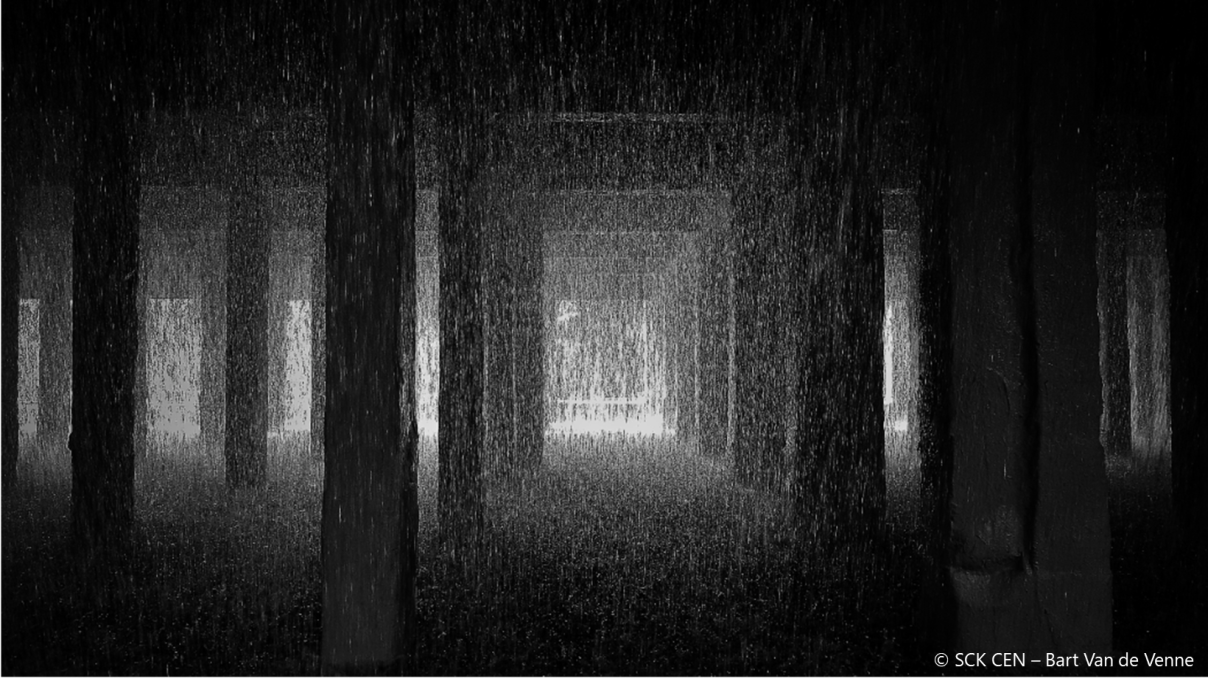
3rd: Cooling down (Bart Van de Venne)
Koeltorens BR2 tijdens werking reactor
